Learning how to crochet can unlock a world of creative possibilities, from crafting cozy blankets to designing unique accessories. At LEARNS.EDU.VN, we believe that everyone can learn this rewarding skill. This comprehensive guide will provide you with a step-by-step approach to mastering the basics of crochet, empowering you to embark on your crafting journey. Dive in to explore yarn crafts, needlework basics, and stitch techniques for beginners.
1. Understanding the Fundamentals of Crochet
Before diving into the stitches and techniques, it’s crucial to understand the basic principles of crochet. Crochet involves using a hook to create loops of yarn that interlock to form fabric. This technique allows you to create a wide array of items, from simple scarves to intricate amigurumi.
1.1. Essential Crochet Tools
Having the right tools can make learning to crochet a much smoother experience. Here’s a breakdown of the essential items you’ll need:
| Tool | Description | Recommendation |
|---|---|---|
| Crochet Hook | A hook with a handle used to pull loops of yarn through other loops. Comes in various sizes and materials. | Start with an aluminum or ergonomic hook in size H/8 (5.0 mm) for ease of use. |
| Yarn | The material used to create the fabric. Available in various weights, fibers, and colors. | Choose a smooth, light-colored worsted weight yarn (size 4) like cotton or acrylic for beginners. |
| Scissors | For cutting the yarn. | Any sharp scissors will do. |
| Yarn Needle | Also known as a tapestry needle, used for weaving in the ends of your yarn to secure your work. | A blunt-tipped needle with a large eye to accommodate yarn. |
| Stitch Markers | Small plastic or metal rings used to mark specific stitches, helping you keep track of your place in a pattern. | Essential for more complex patterns; can be simple plastic rings or specialized locking markers. |
| Measuring Tape | Used to measure your work to ensure it matches the pattern specifications. | A flexible measuring tape is ideal. |
| Crochet Pattern | A set of instructions (written or charted) that tells you how to create a specific item. | Start with simple patterns designed for beginners. LEARNS.EDU.VN offers a variety of beginner-friendly patterns. |
| Case/Bag | Keeping your supplies organized in a bag is key. | A simple tote or specialized caddy. |
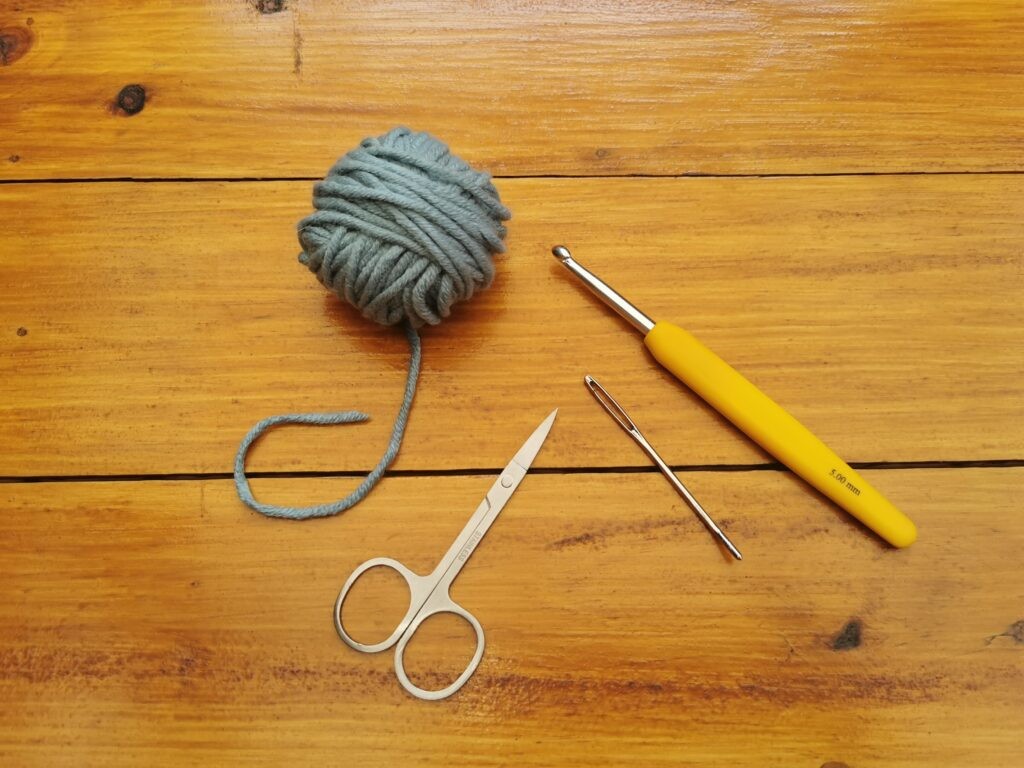
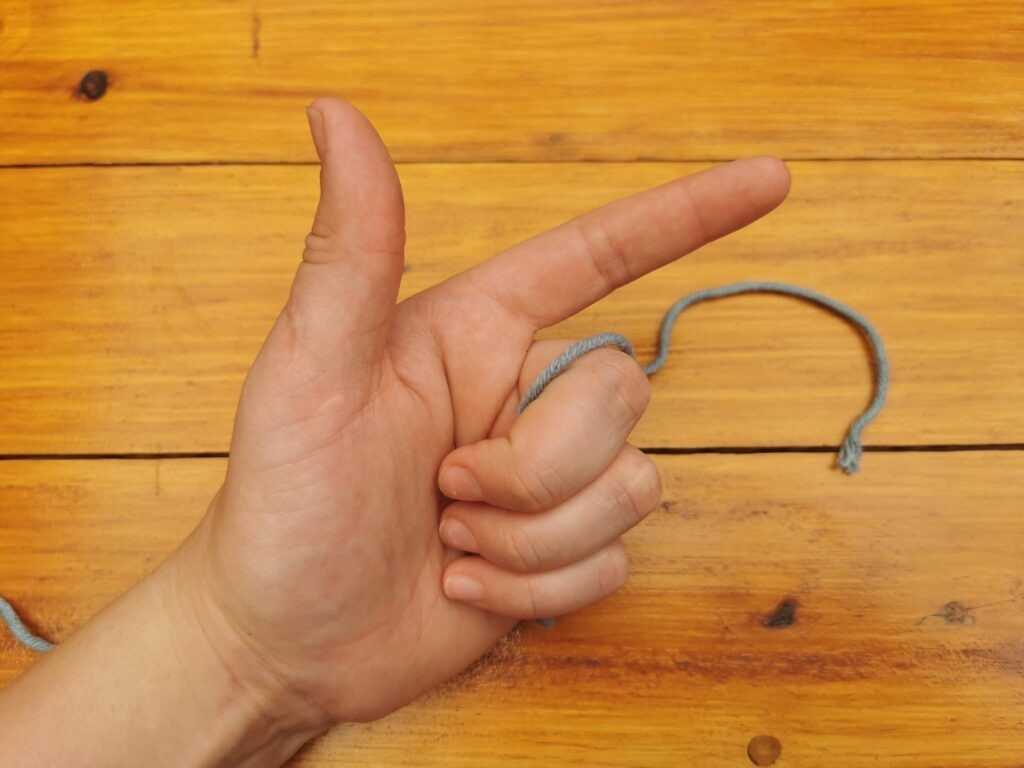
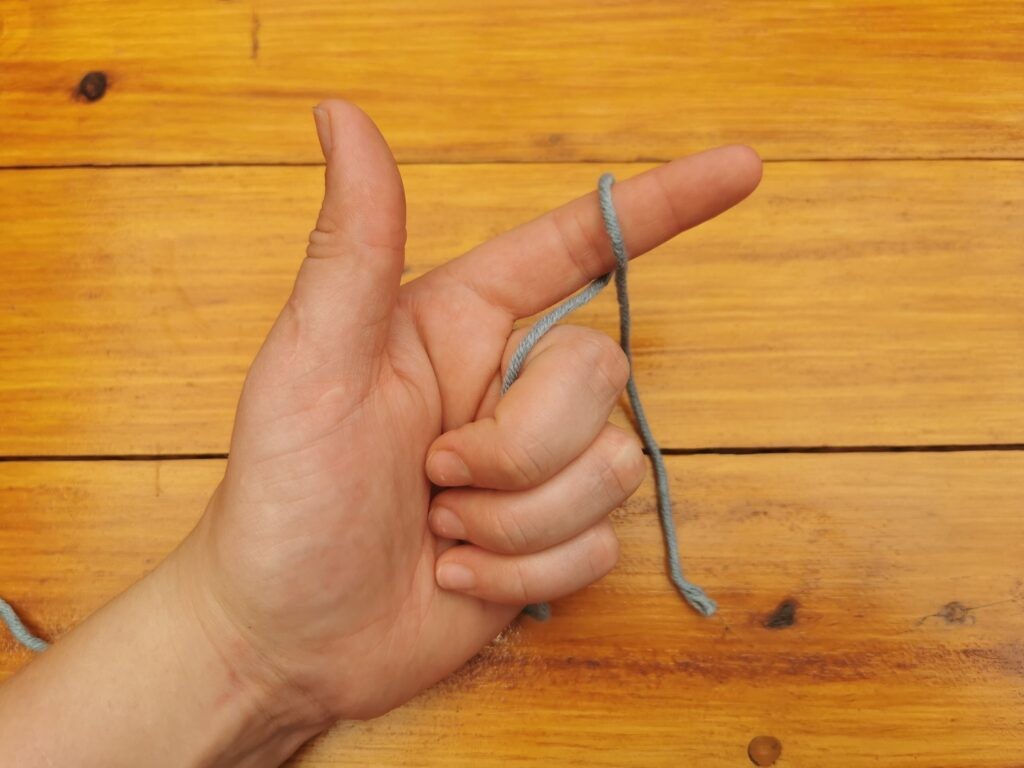
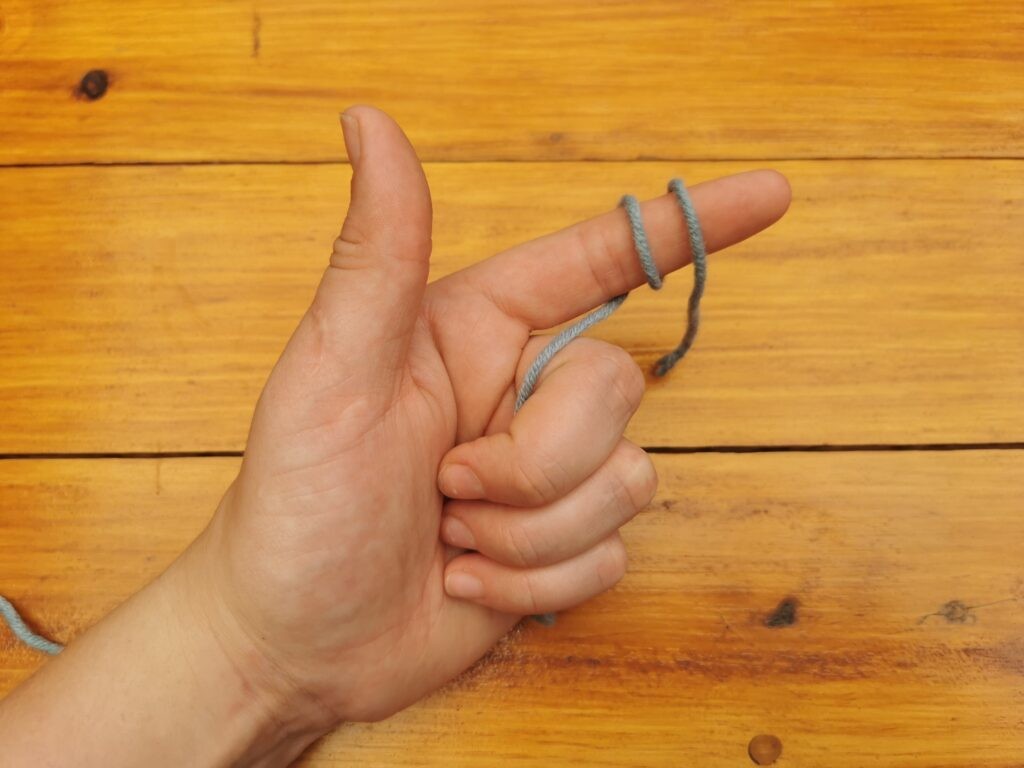
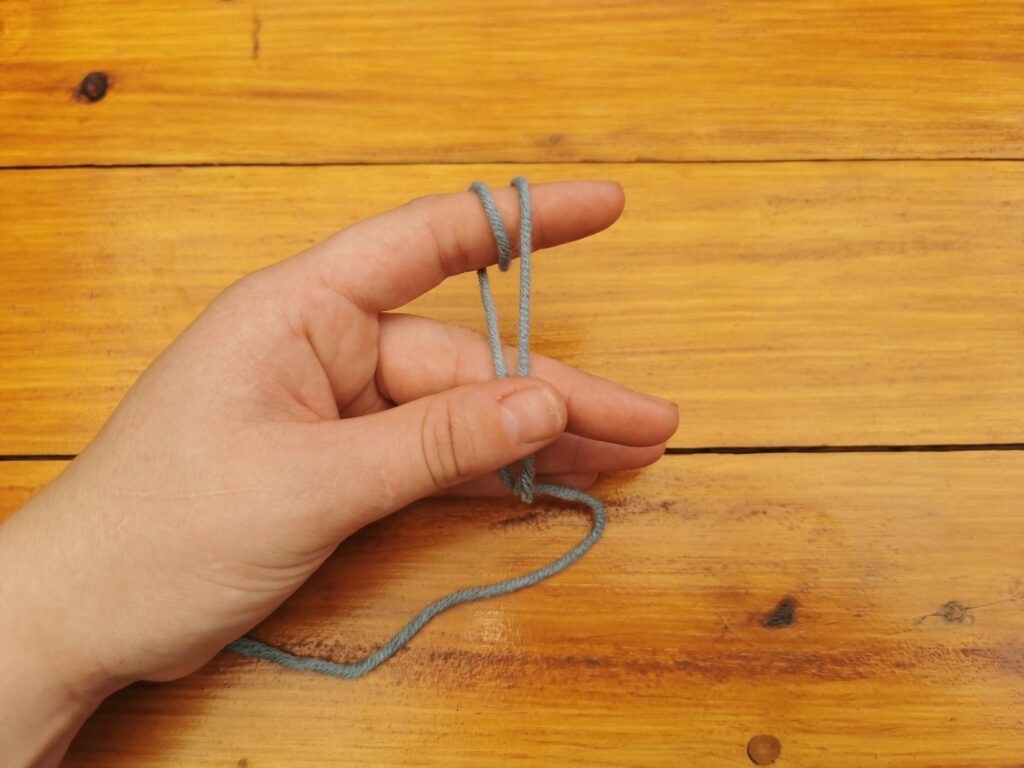
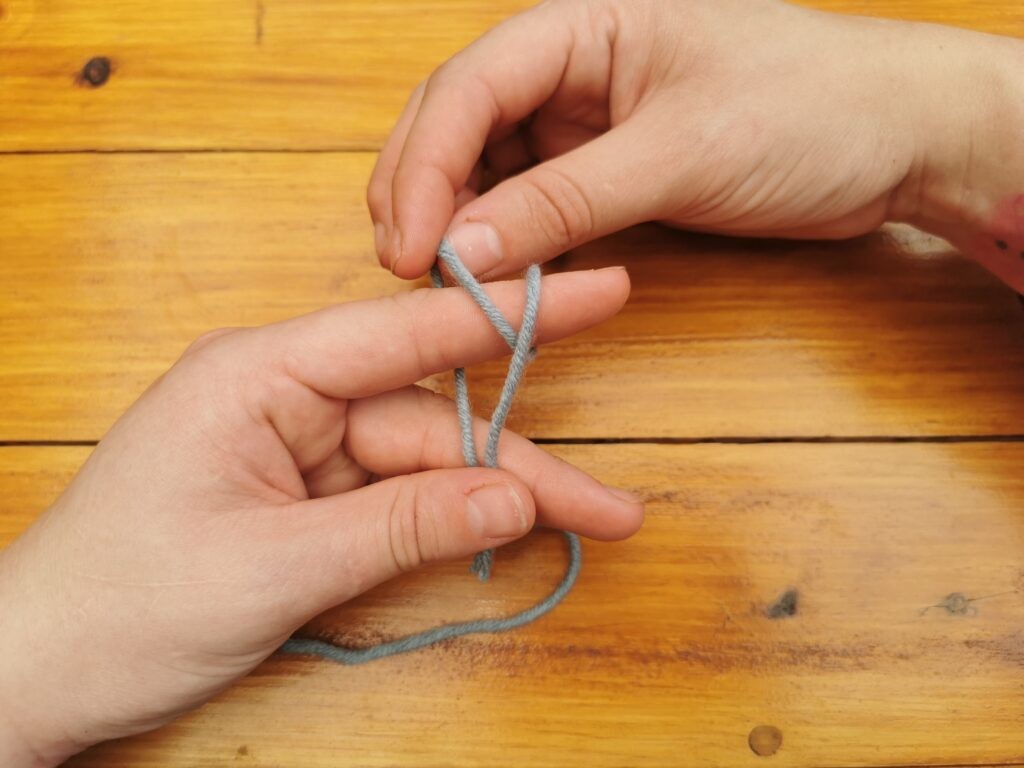
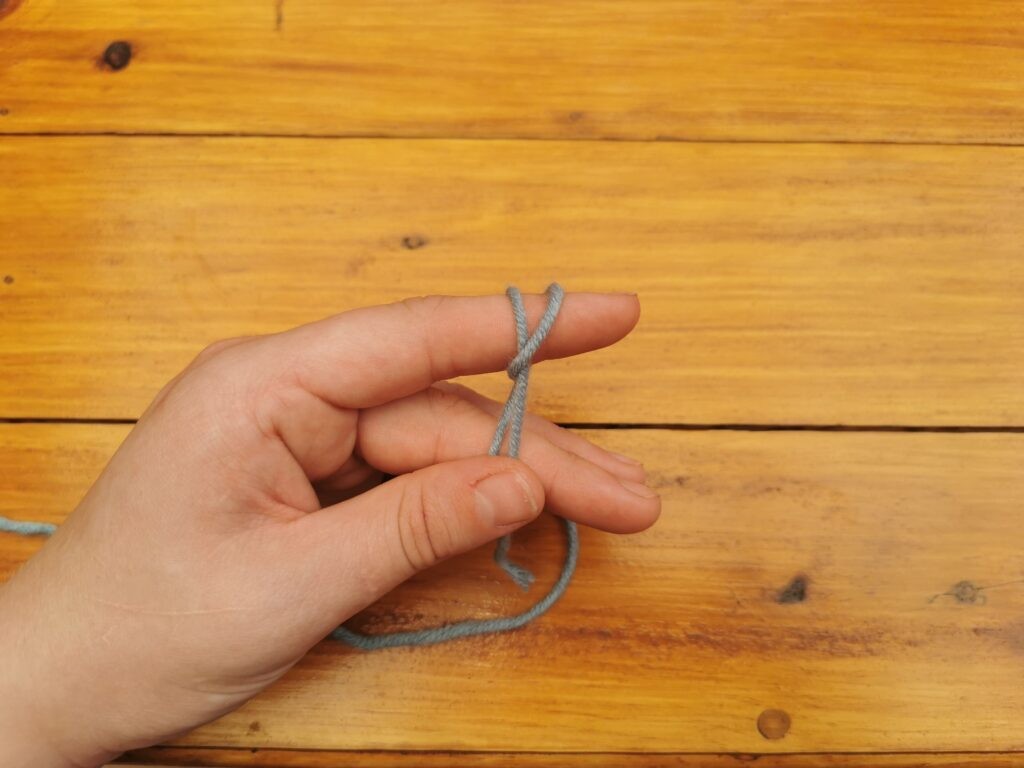
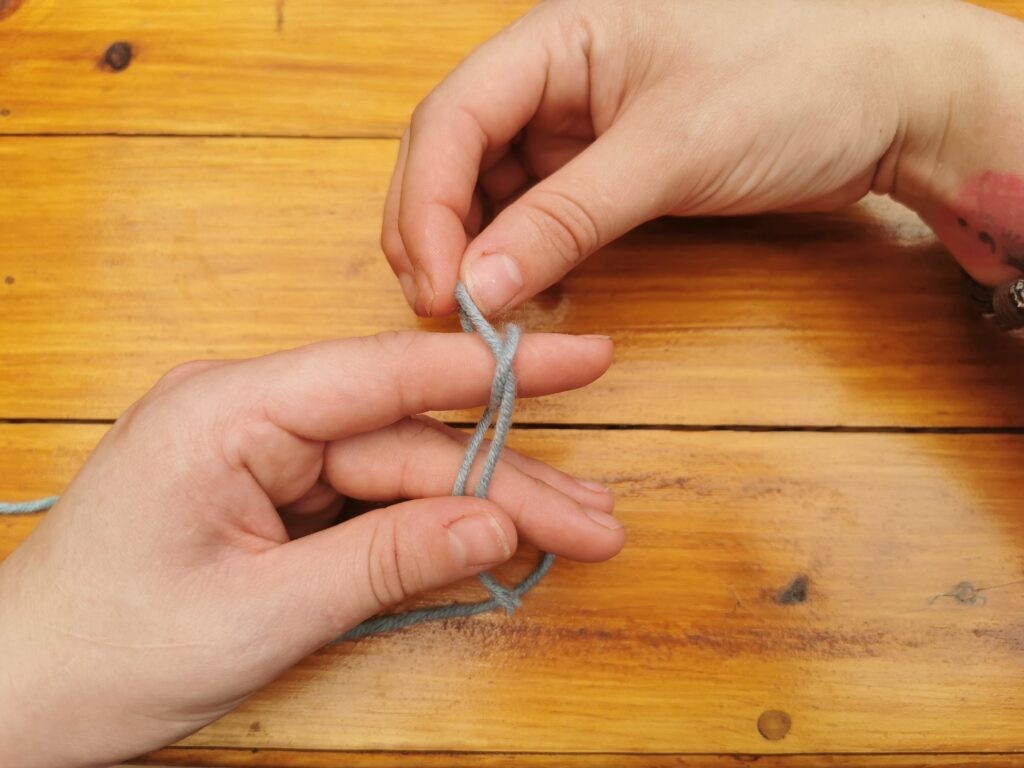
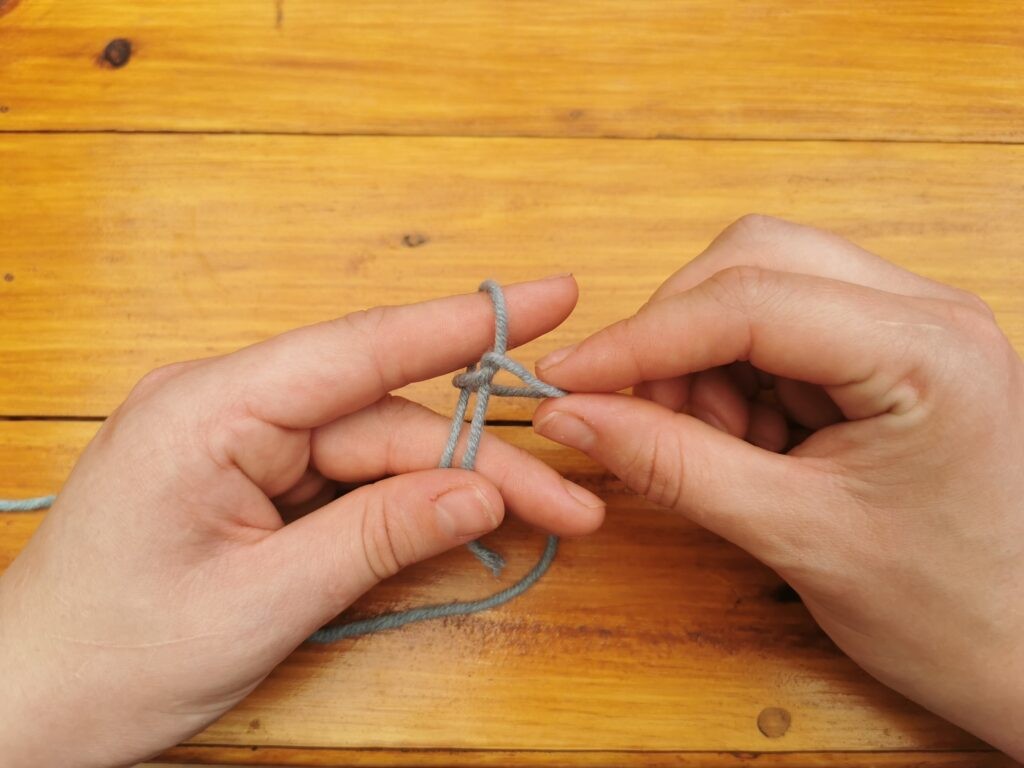
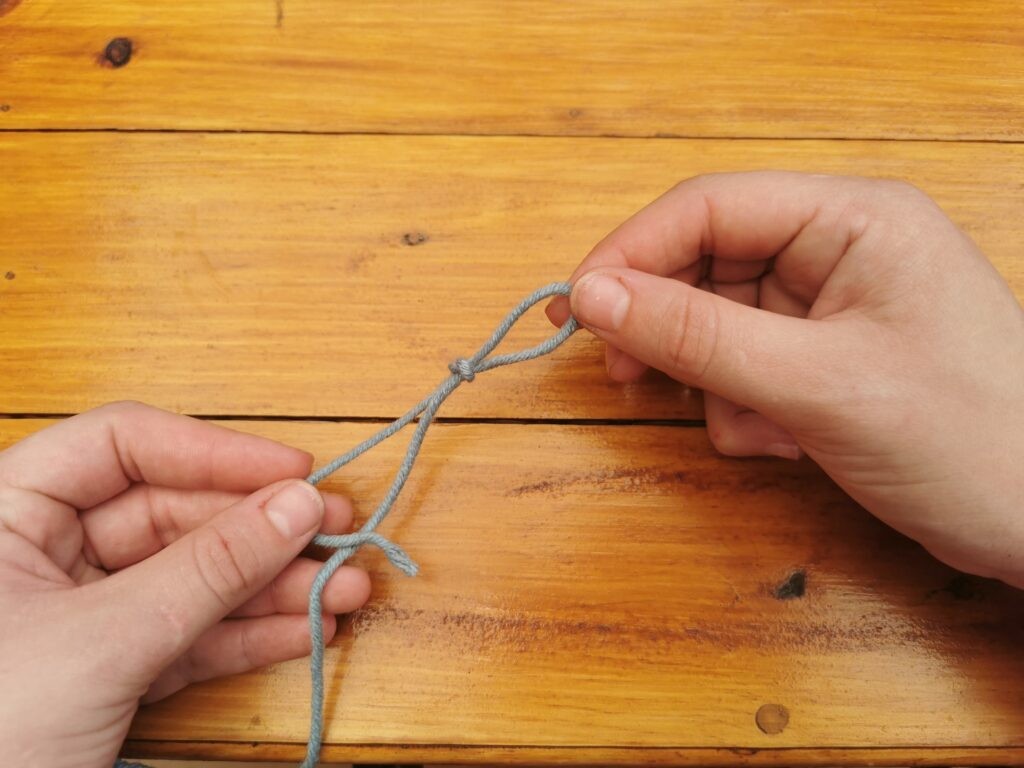
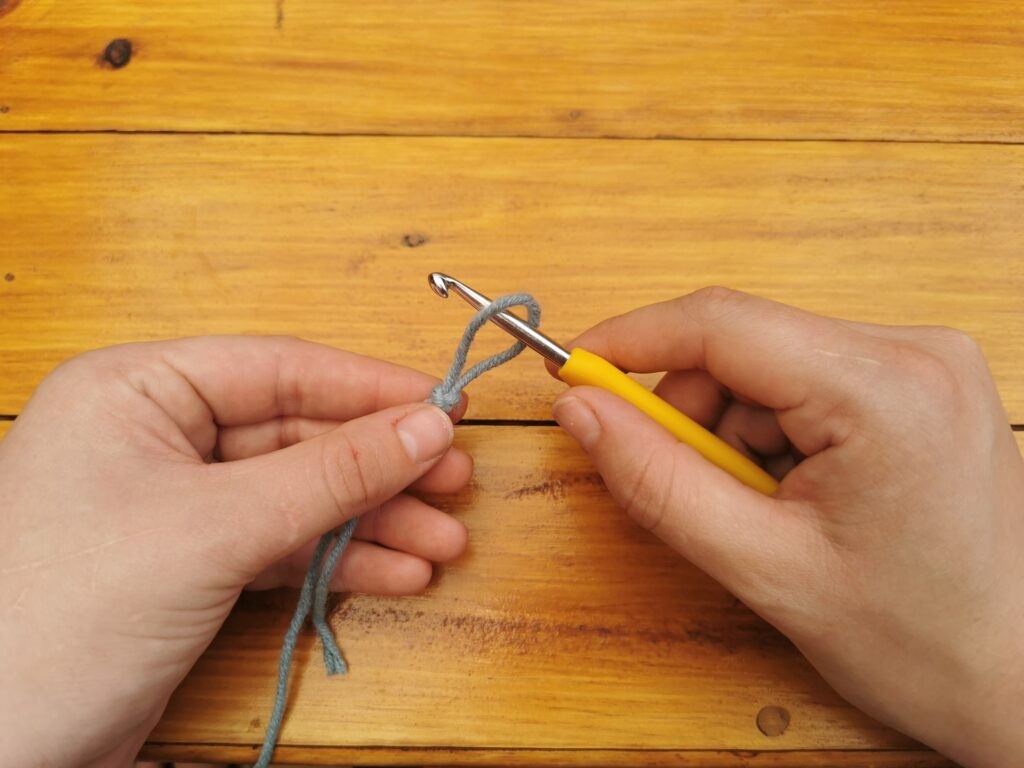
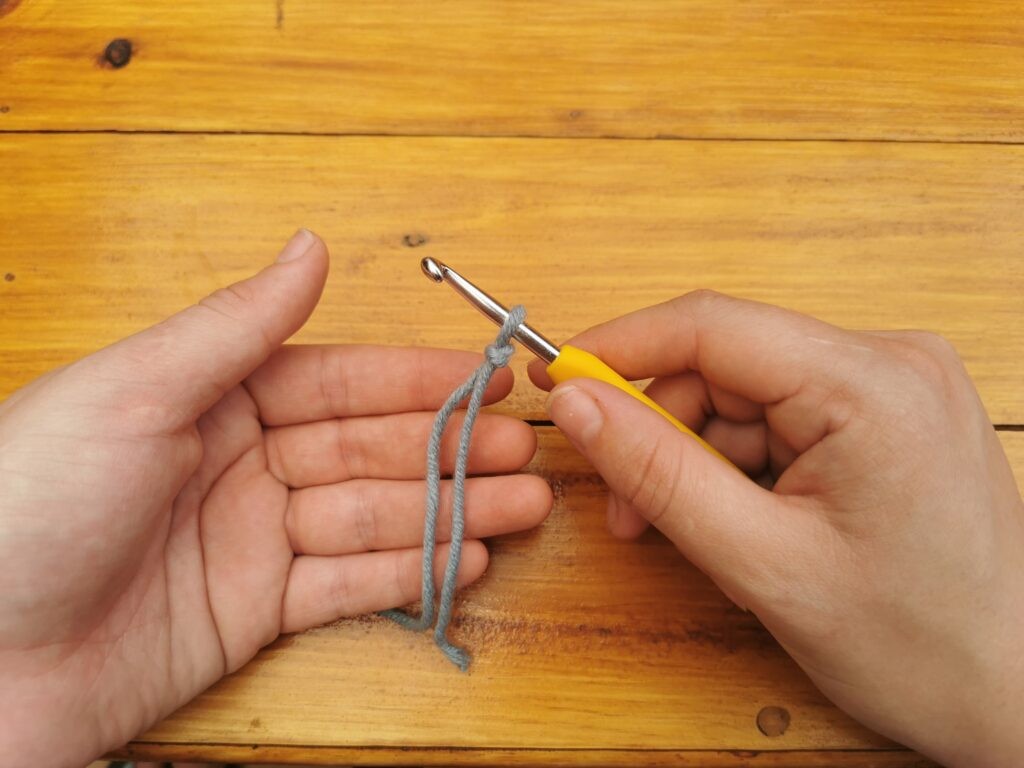
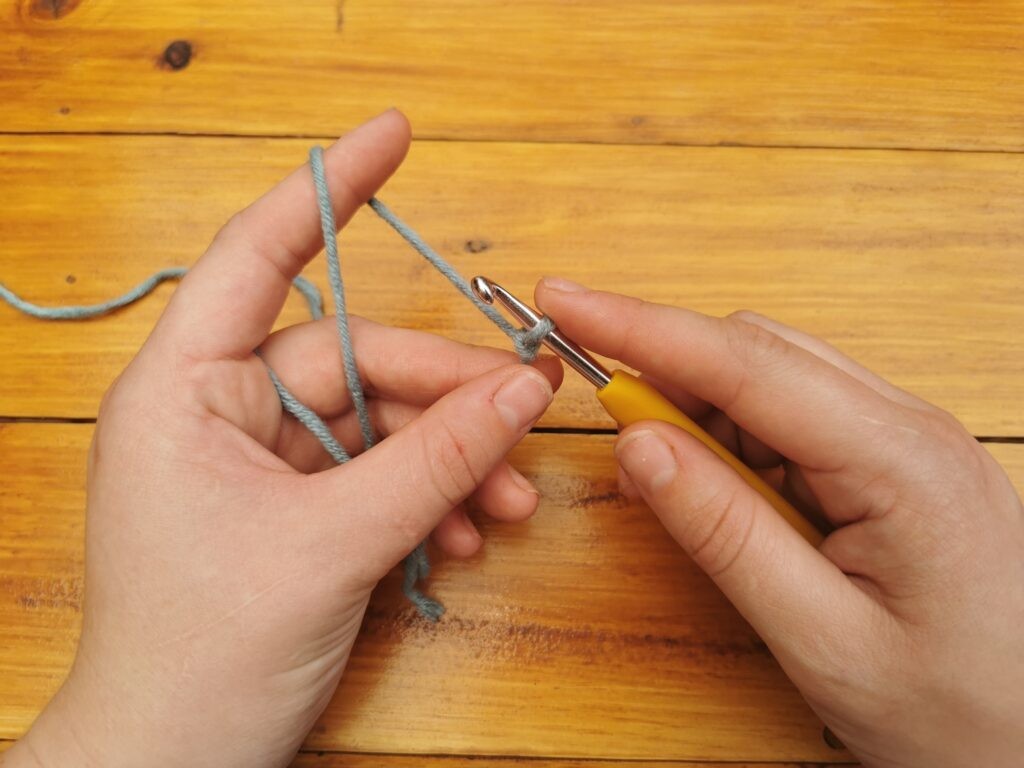
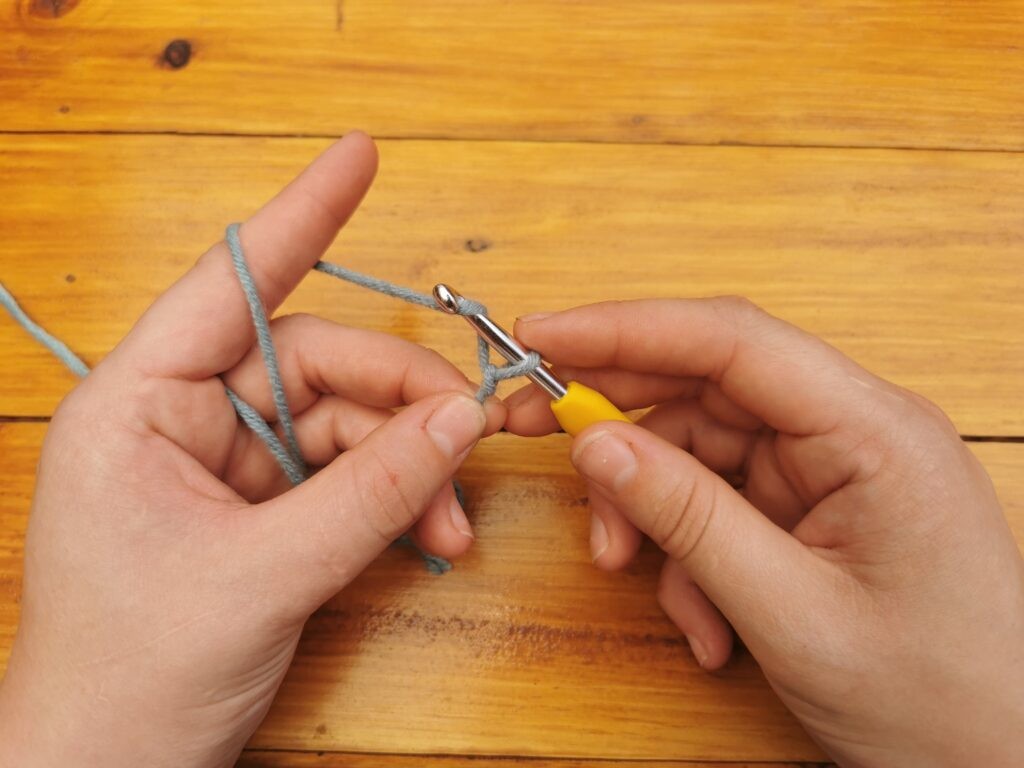
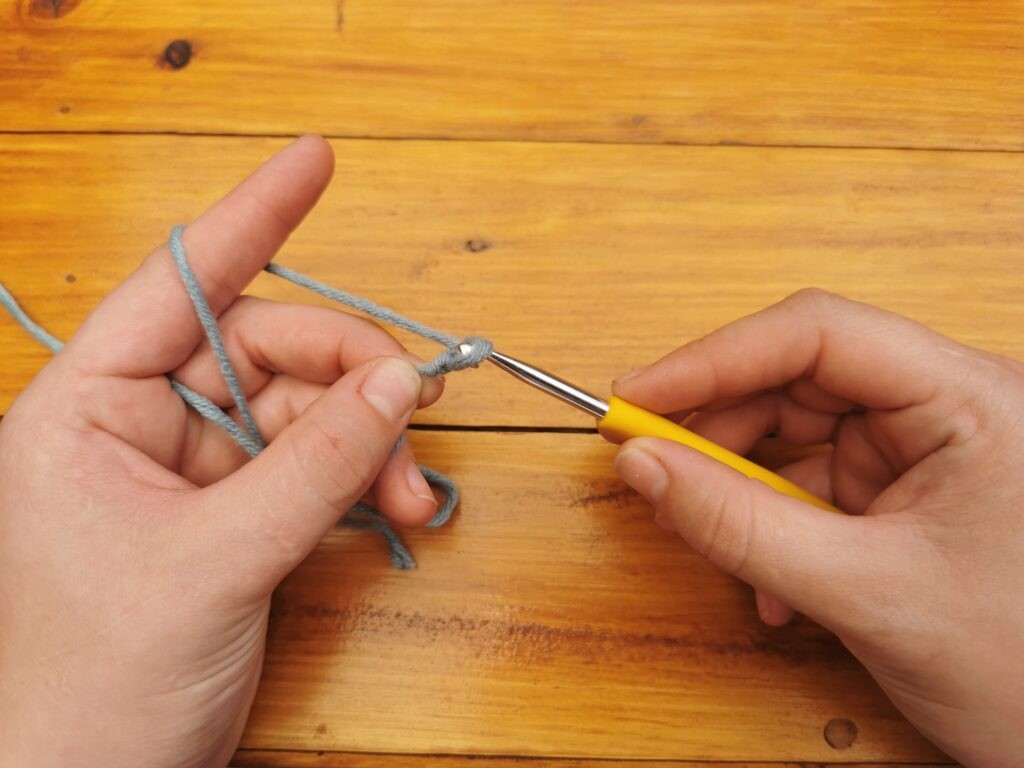
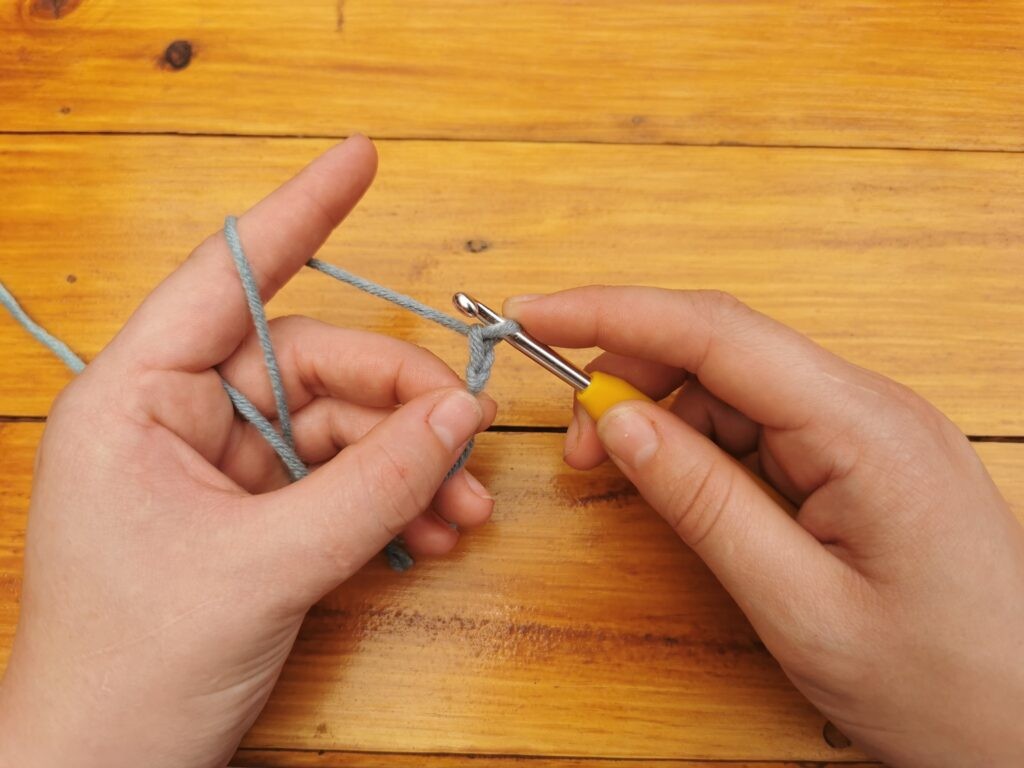

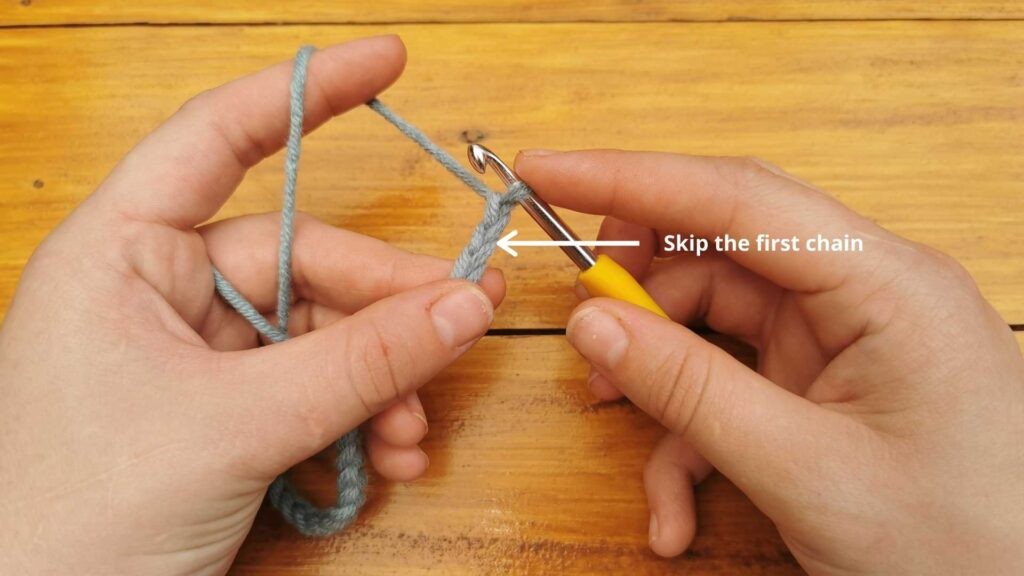
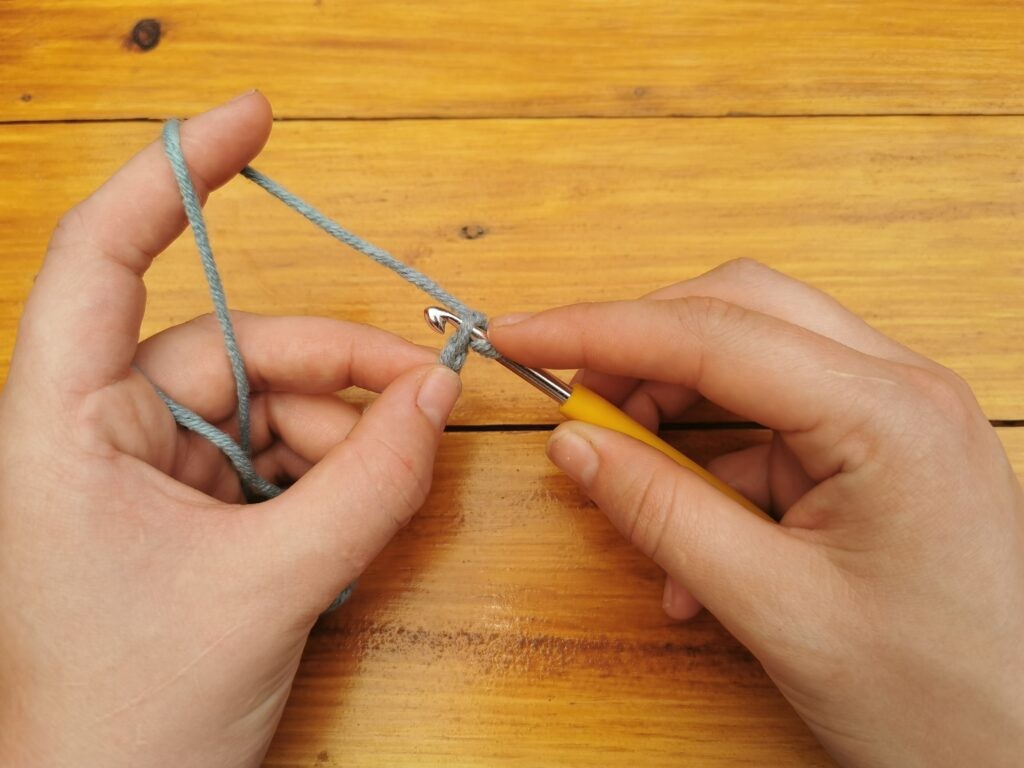
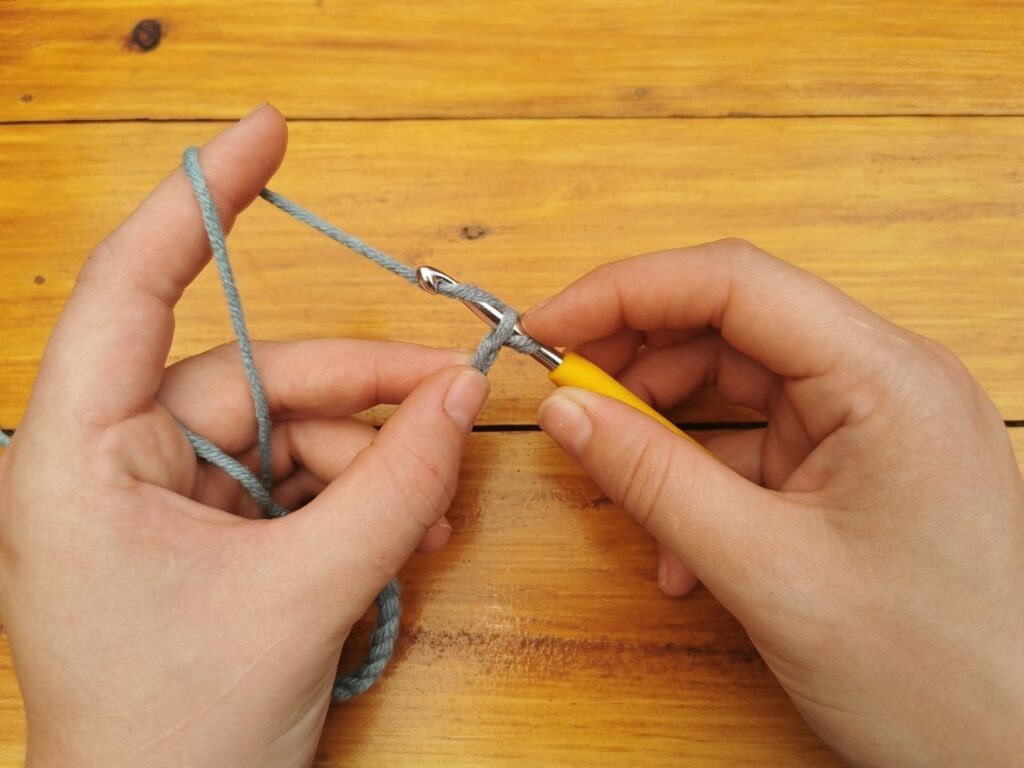
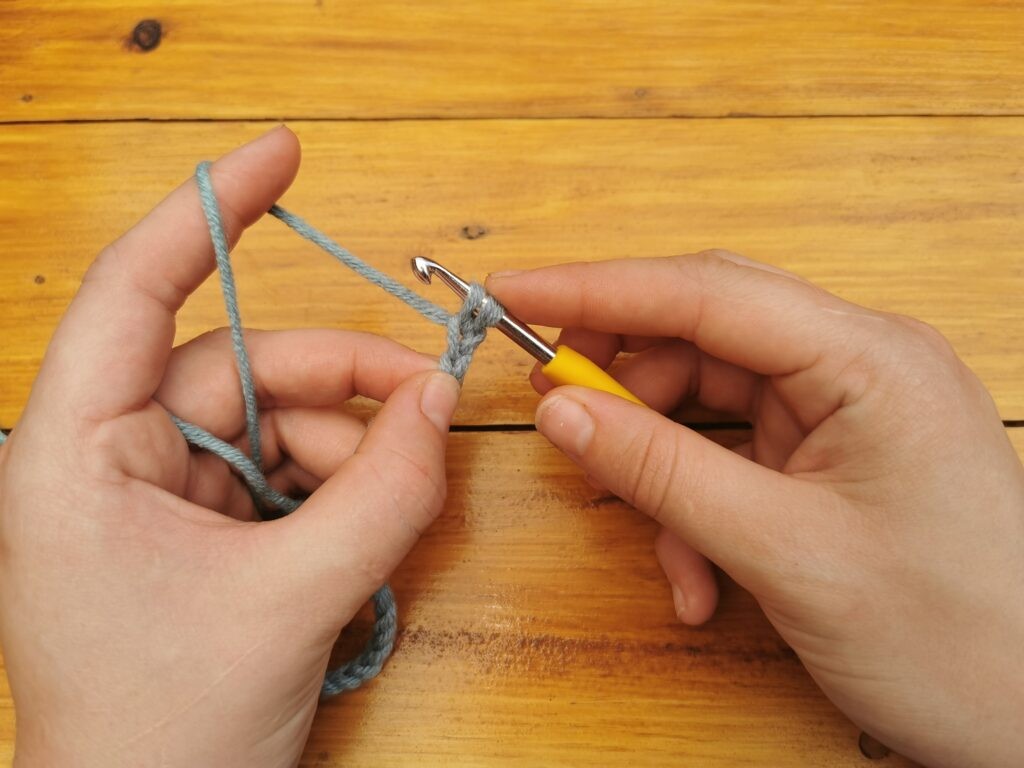
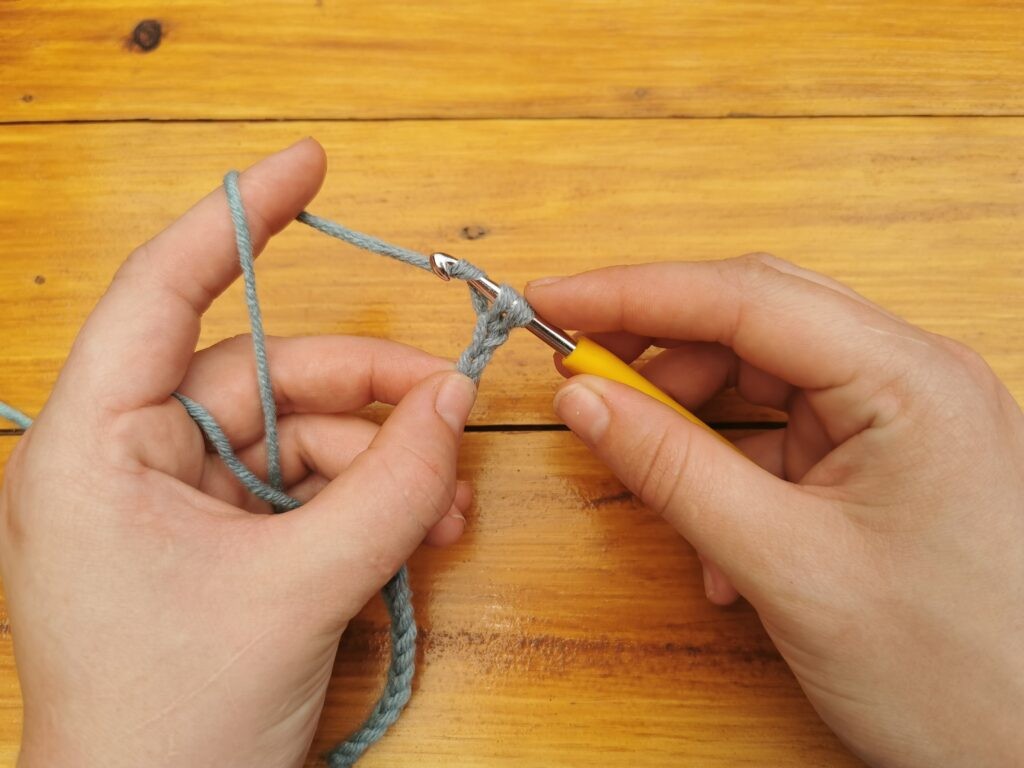
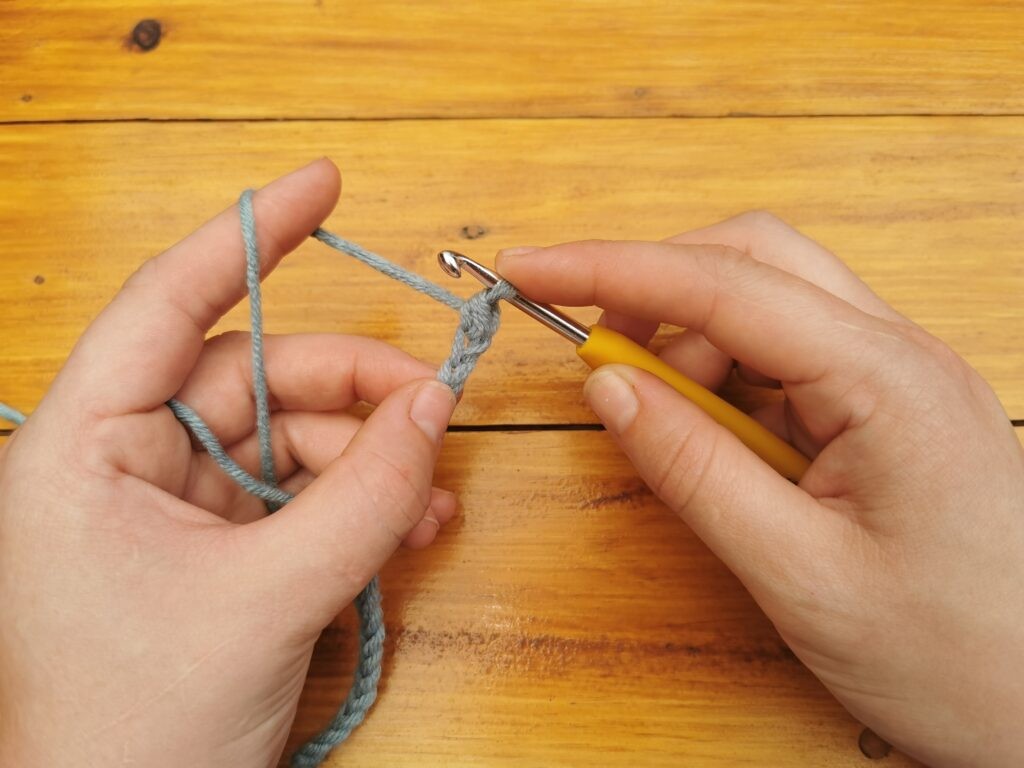
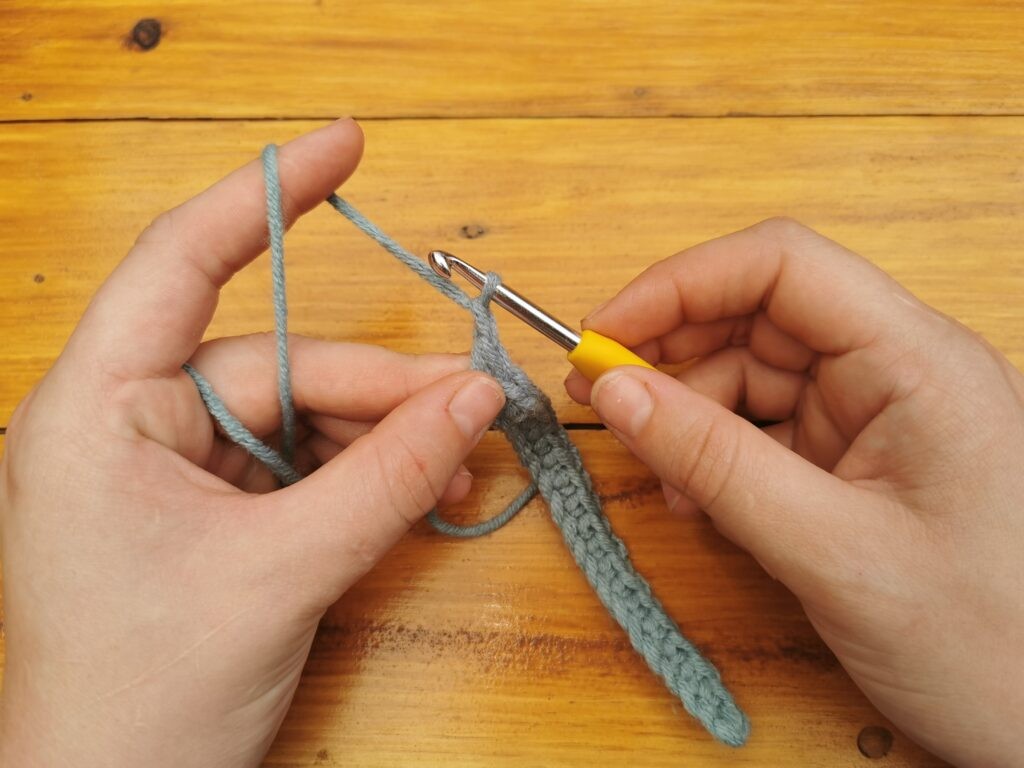

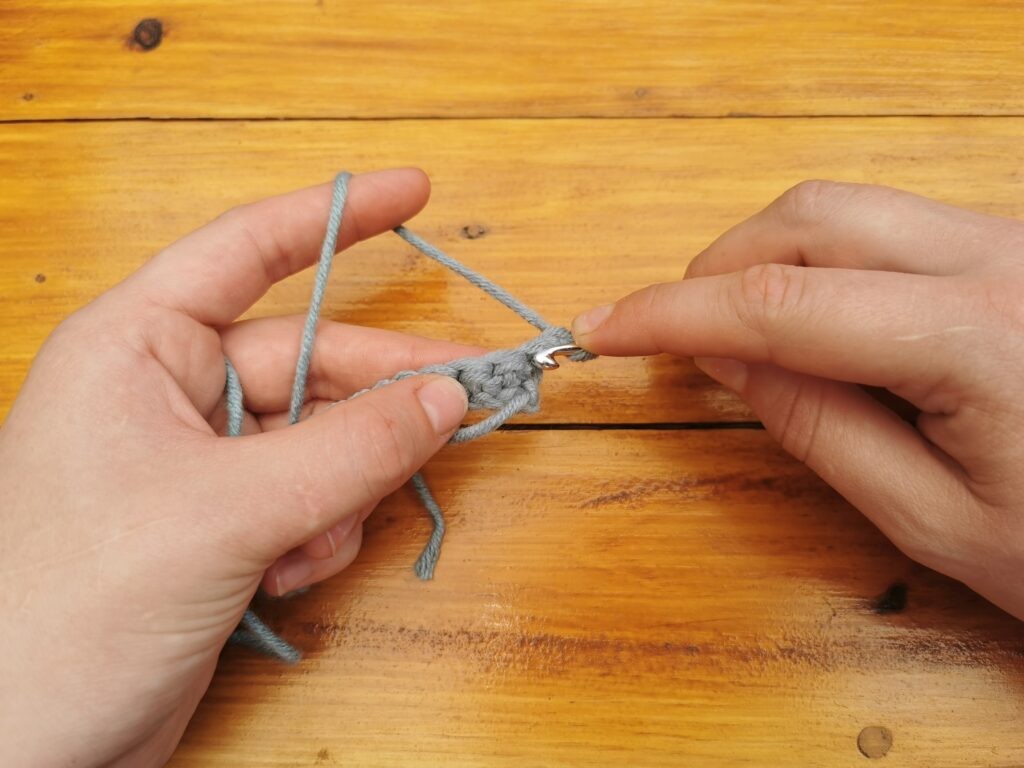
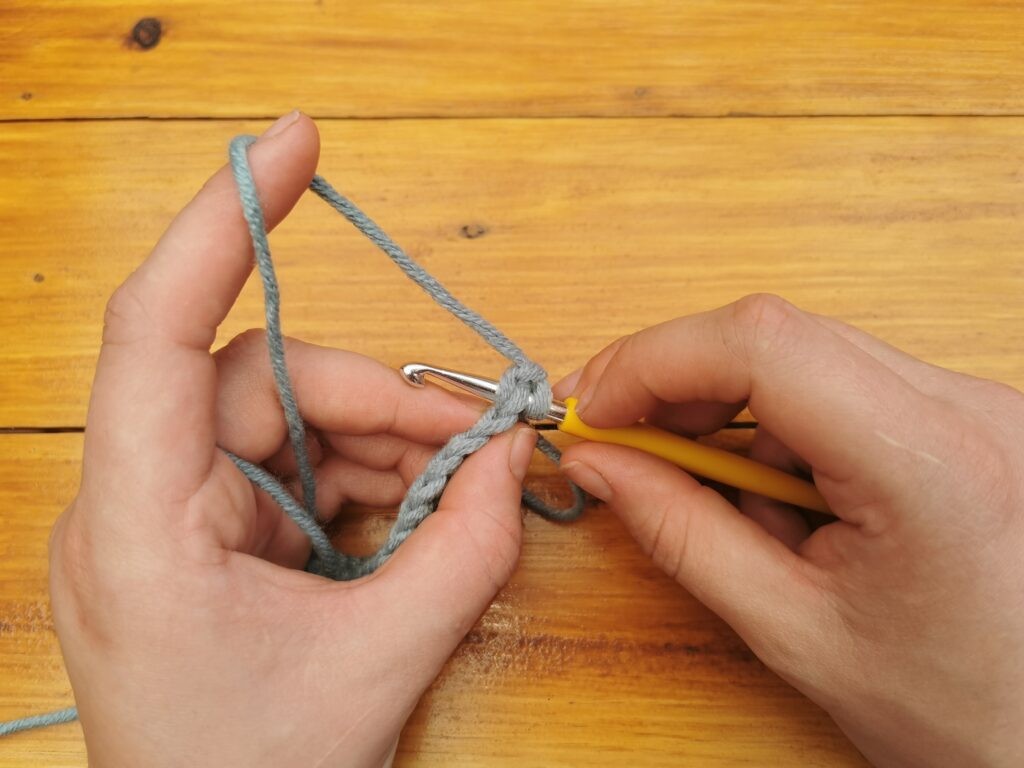
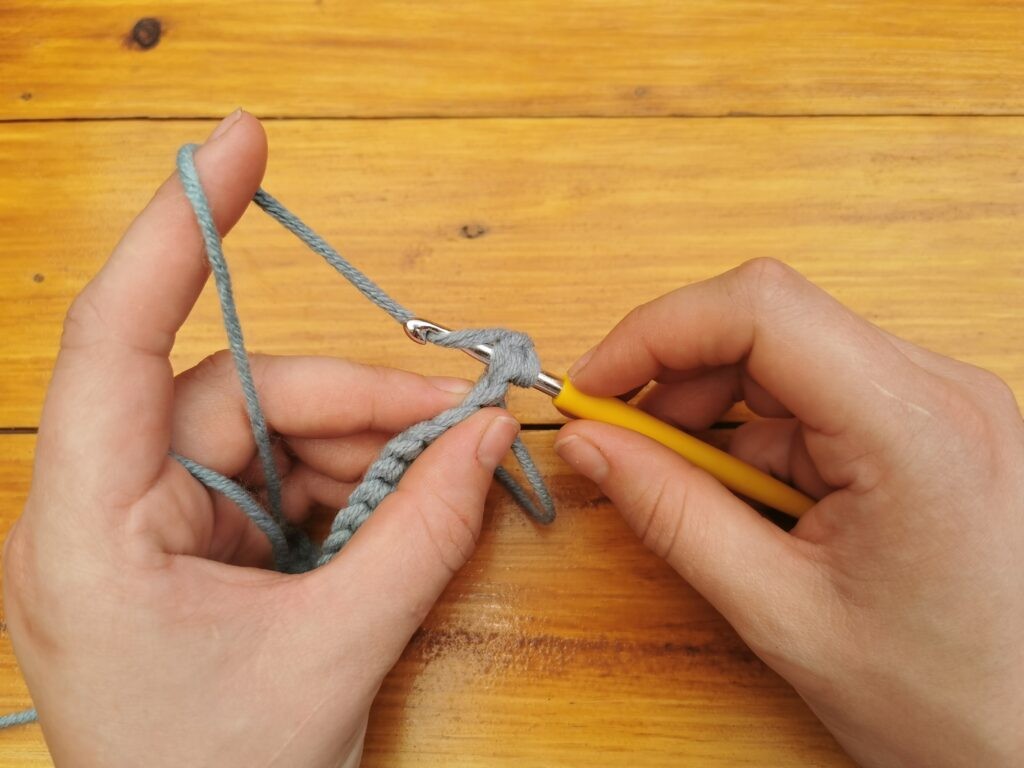
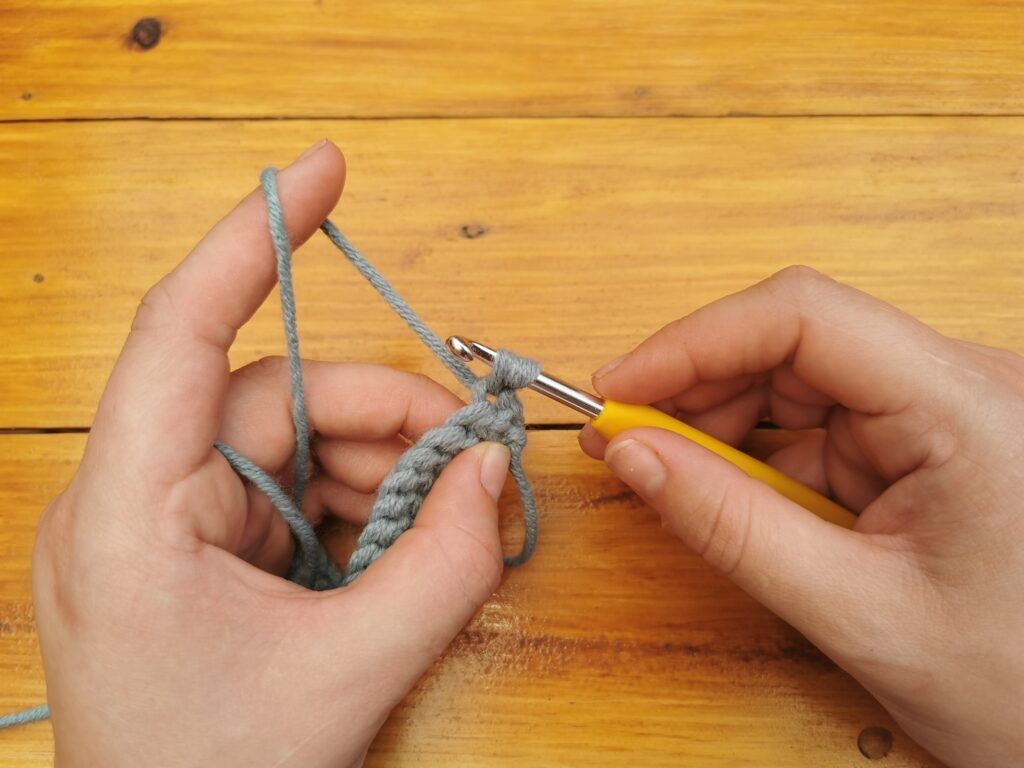
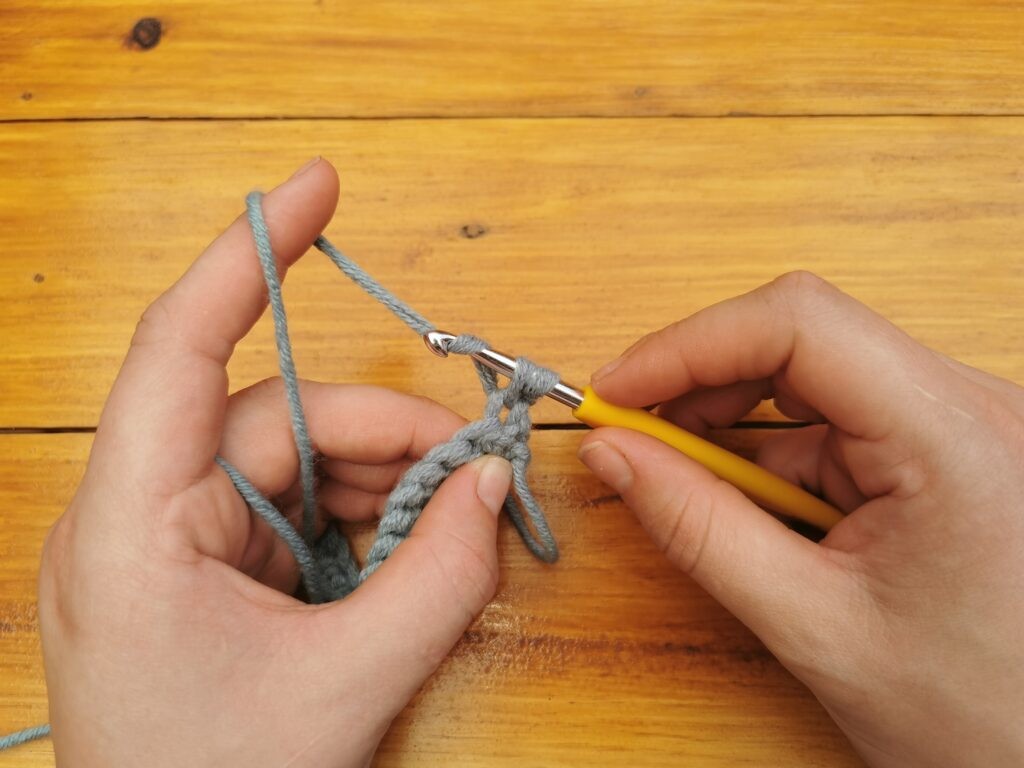
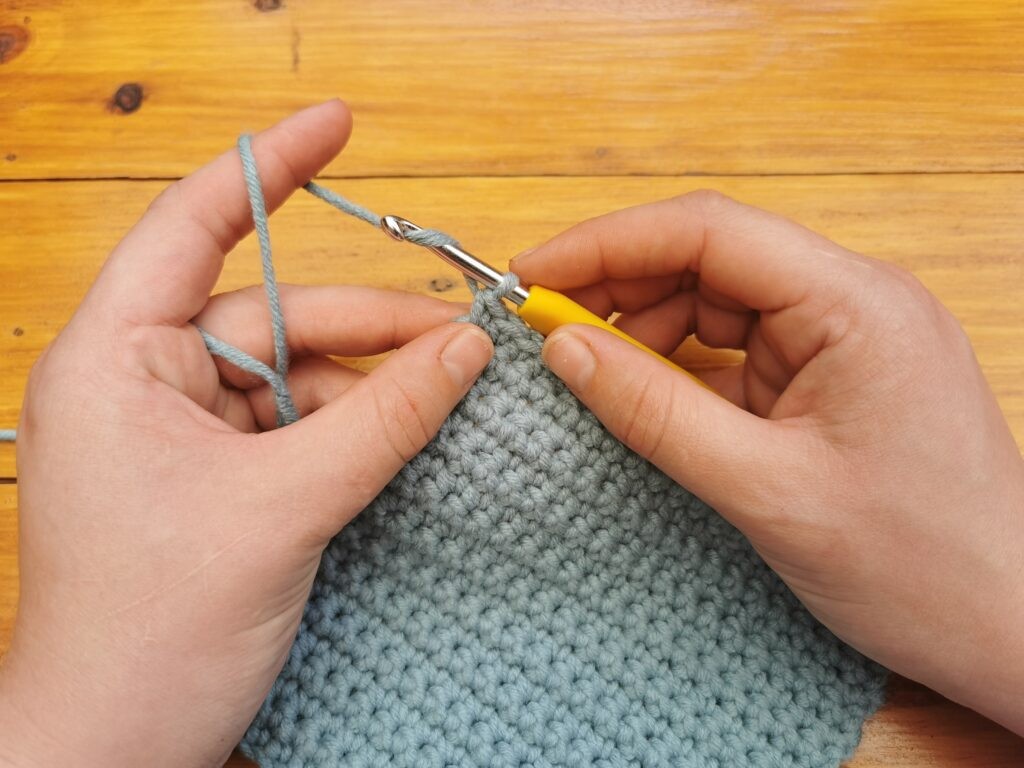
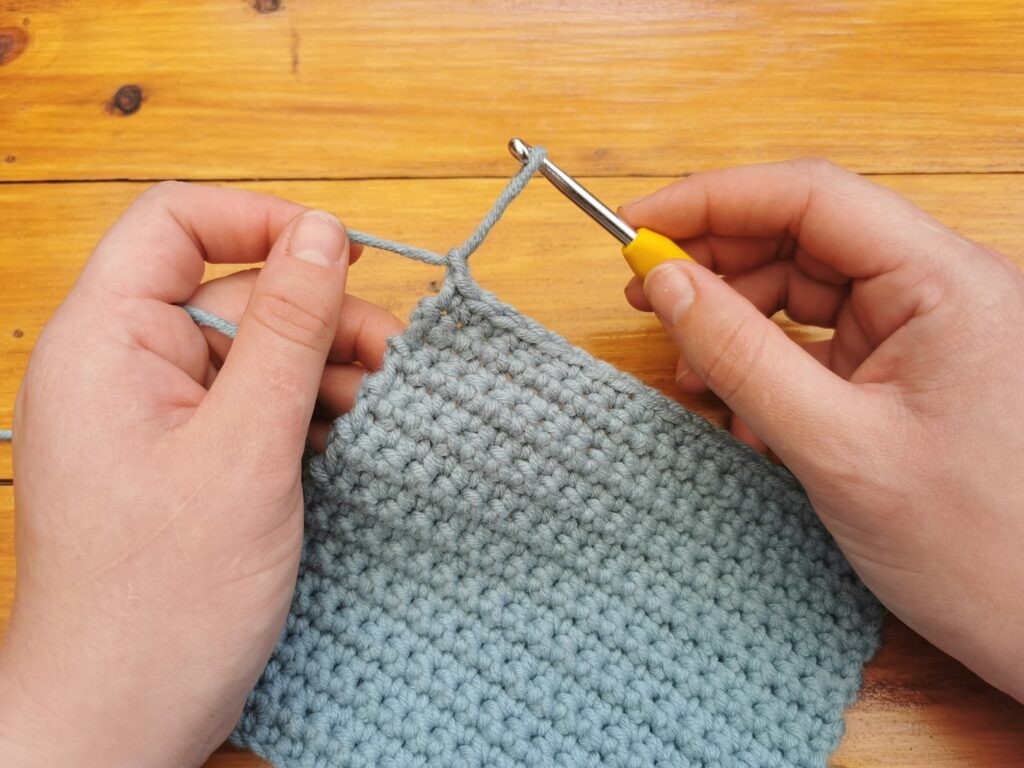
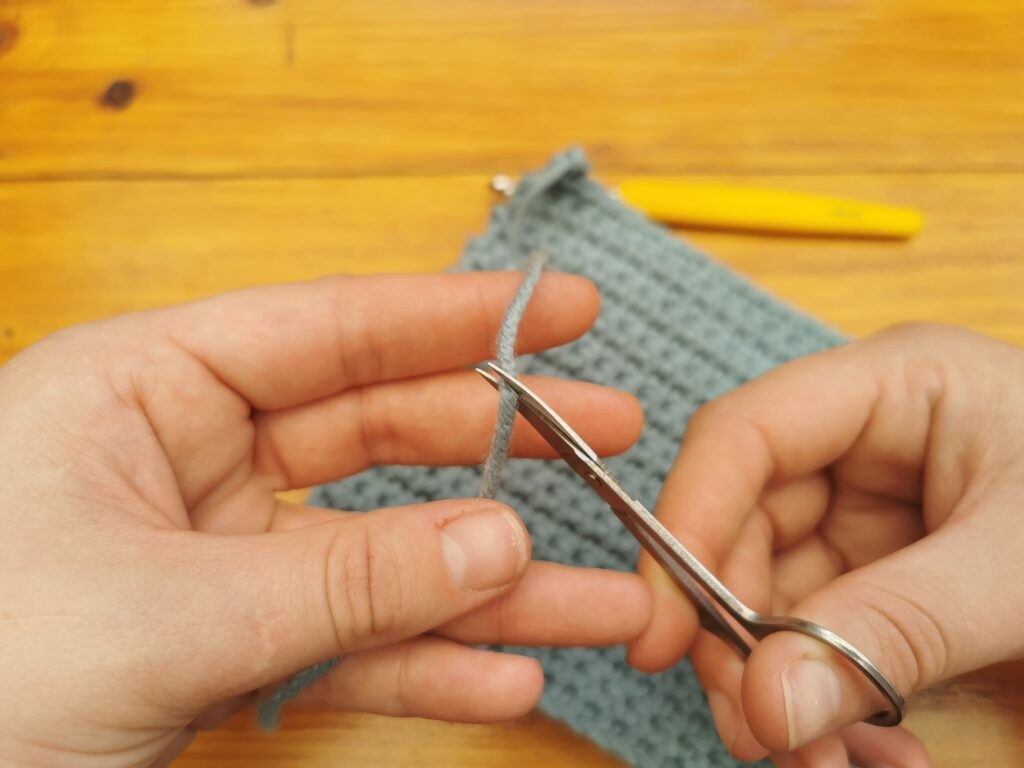
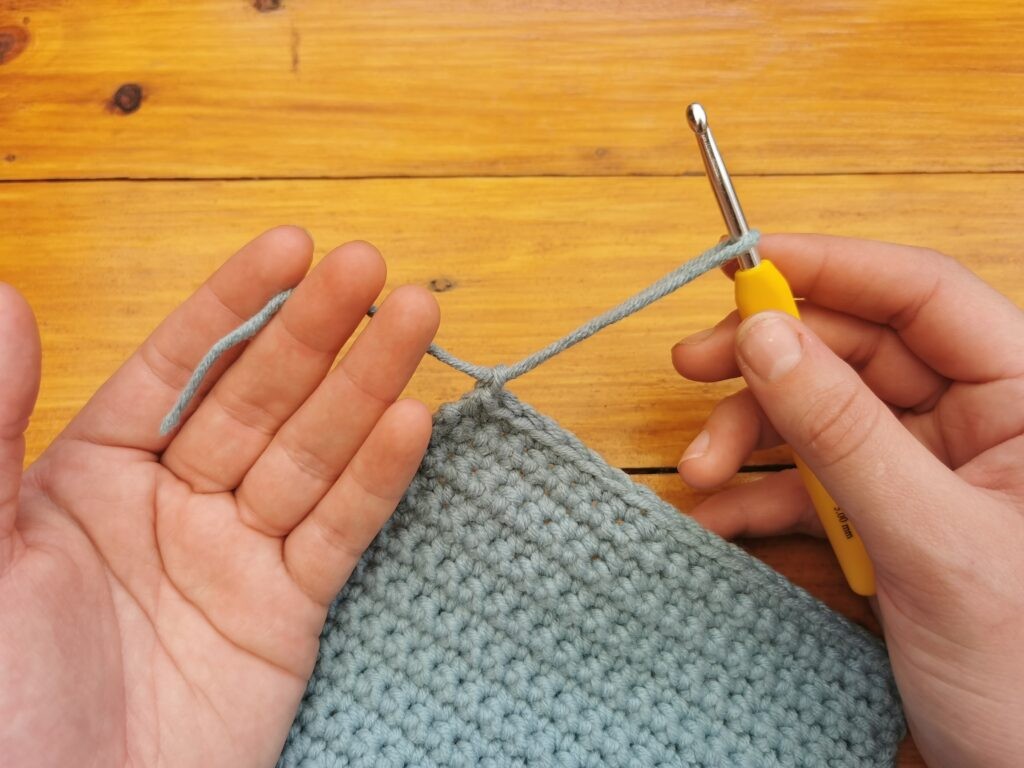
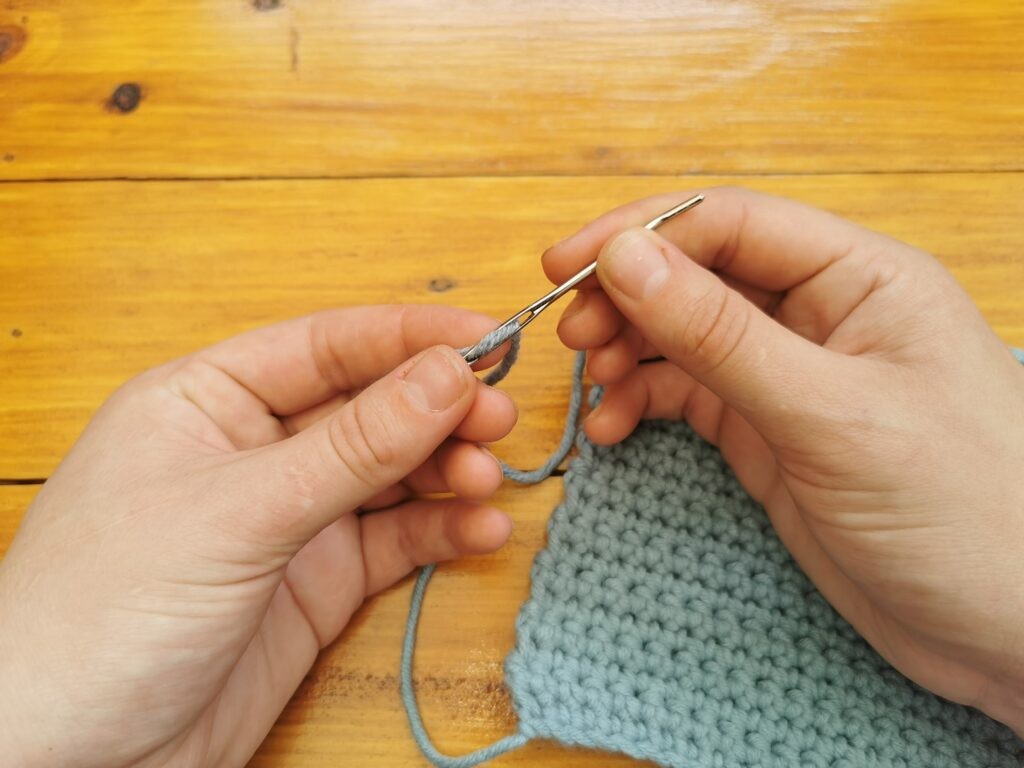
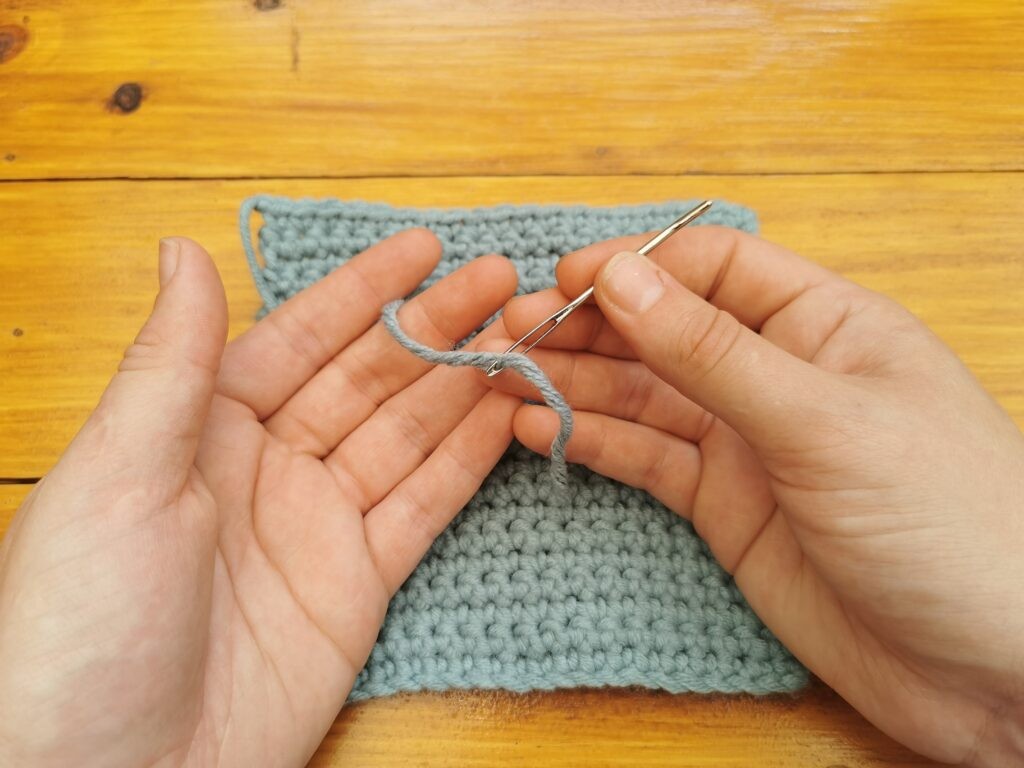
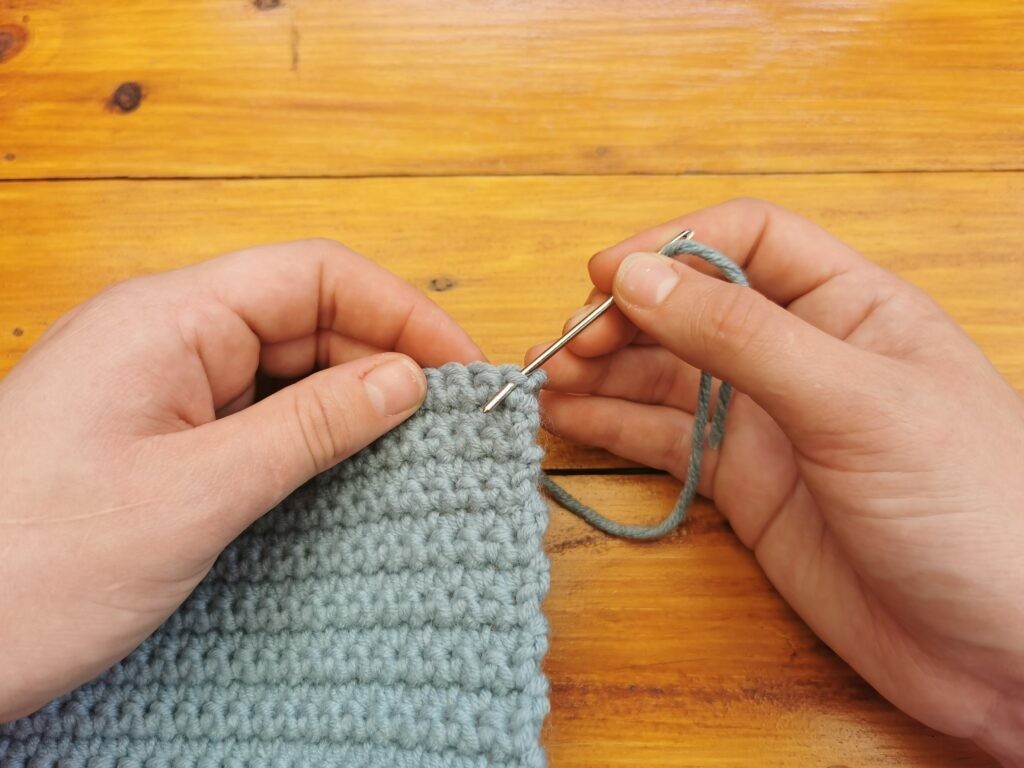
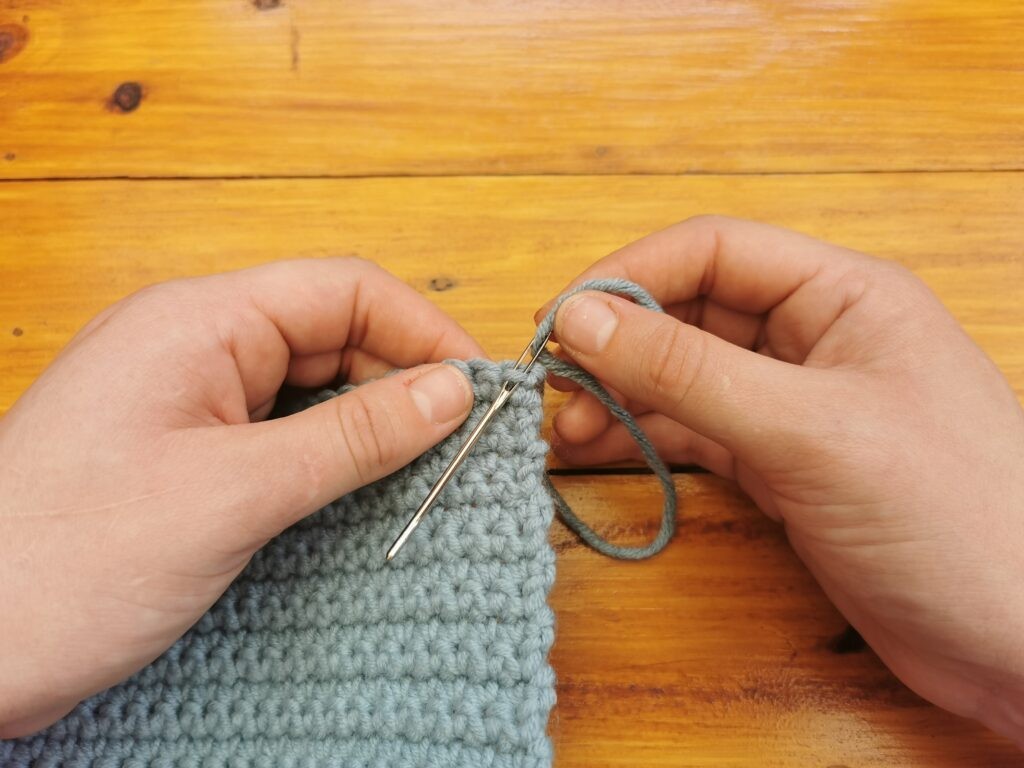

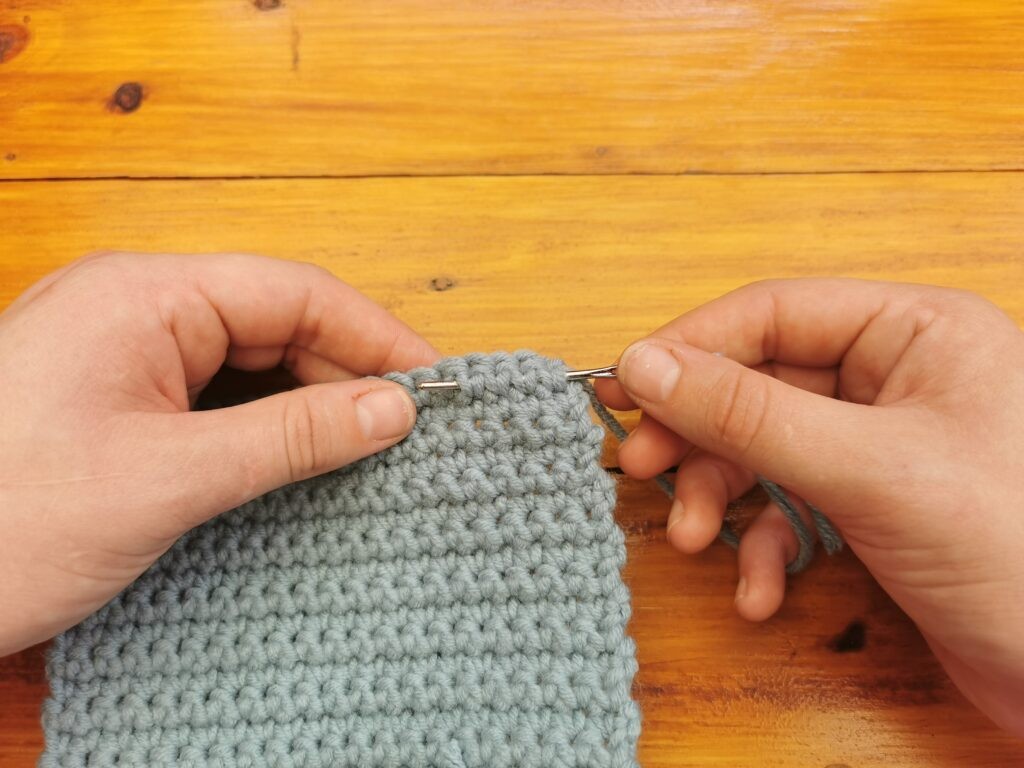
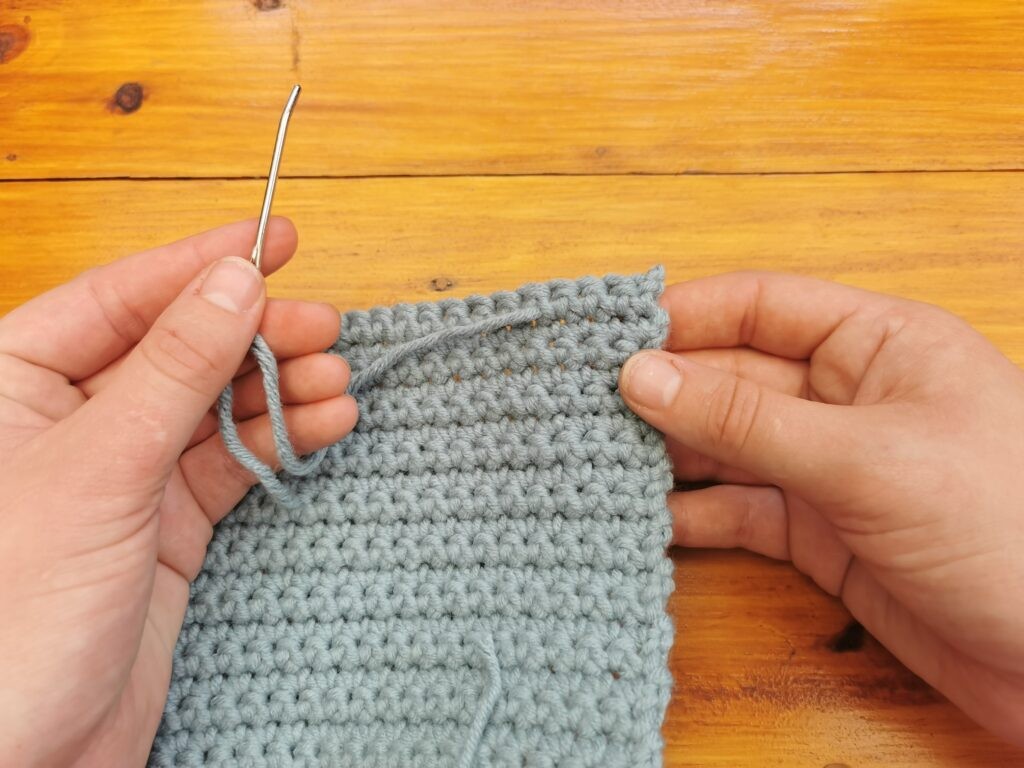

1.2. Choosing the Right Yarn
The yarn you select plays a significant role in the outcome of your project. Here are some tips for choosing the right yarn for beginners:
- Yarn Weight: Look for worsted weight yarn (labeled as “4” on the yarn label). This weight is easy to work with and provides good stitch definition.
- Fiber Type: Cotton and acrylic yarns are excellent choices for beginners. They are durable, easy to care for, and relatively inexpensive.
- Color: Light-colored yarns are easier to work with because they allow you to see your stitches clearly.
The yarn label provides crucial information, including yarn weight, fiber content, care instructions, and recommended hook size. Understanding these details will help you choose the right yarn for your project.
1.3. Selecting the Perfect Crochet Hook
Crochet hooks come in a variety of sizes and materials. Here’s what you need to know to choose the right hook:
- Hook Size: The hook size should correspond to the yarn weight you are using. The yarn label will recommend a hook size, but don’t be afraid to experiment to achieve the desired tension. For worsted weight yarn, a size H/8 (5.0 mm) hook is a good starting point.
- Hook Material: Aluminum hooks are affordable and versatile, making them a great choice for beginners. Ergonomic hooks with cushioned handles can help reduce hand fatigue, especially during longer projects.
1.4 Understanding Tension
Tension is how tightly or loosely you crochet your stitches. Consistent tension leads to even fabric, while inconsistent tension can cause your project to look uneven or distorted.
How to achieve proper tension:
- Relax: Keep your grip on the hook and yarn relaxed.
- Guide the yarn: Use your non-dominant hand to guide the yarn, maintaining a consistent flow.
- Practice: Consistent tension comes with practice.
2. Mastering the Basic Crochet Techniques
With your tools and yarn ready, it’s time to learn the fundamental crochet techniques. These techniques will form the foundation for all your future projects.
2.1. Creating a Slip Knot
The slip knot is the first loop you create on your hook to begin crocheting. Here’s how to make one:
- Hold the yarn a few inches from the end.
- Form a loop with the yarn, crossing the working yarn (the yarn coming from the ball) over the tail.
- Insert your hook into the loop, catch the working yarn, and pull it through the loop.
- Tighten the knot by pulling on the tail, but ensure it’s not too tight on the hook.
2.2. Making a Crochet Chain (ch)
The chain stitch is the foundation for most crochet projects. It’s used to create the initial row or round upon which you’ll build your design. Here’s how to make a chain:
- Hold the hook with the slip knot in your dominant hand.
- Drape the yarn over your index finger and use your middle finger and thumb to hold the slip knot in place.
- Bring the yarn over the hook from back to front (yarn over or yo).
- Pull the yarn through the loop on your hook.
- Repeat steps 3 and 4 to create a chain of the desired length.
2.3. Mastering the Single Crochet (sc)
The single crochet is one of the most basic and versatile crochet stitches. It creates a dense, firm fabric that’s perfect for a wide range of projects. Here’s how to make a single crochet:
- Insert your hook into the second chain from the hook.
- Yarn over and pull through the chain (two loops on hook).
- Yarn over and pull through both loops on the hook.
2.4. Continuing to the Next Row
To continue crocheting in rows, you’ll need to turn your work and add a turning chain. The turning chain helps to keep the edges of your work straight and even. Here’s how to proceed to the next row:
- At the end of the row, chain 1 (turning chain).
- Turn your work.
- Insert your hook into the first stitch of the row (the stitch next to the chain 1).
- Continue to single crochet across the row.
2.5. Finishing Off and Weaving in the Ends
Once you’ve completed your project, you’ll need to finish off and weave in the ends to secure your work. Here’s how:
- At the end of the last row, yarn over and pull through the loop on your hook (as if making a chain).
- Cut the yarn, leaving a tail of about 6 inches.
- Pull the yarn tail completely through the loop and tighten the knot.
- Thread the yarn tail onto a yarn needle.
- Weave the needle through the stitches on the back of your work, hiding the tail.
- Trim any excess yarn.
3. Exploring Different Crochet Stitches
Once you’re comfortable with the basic techniques, you can start exploring different crochet stitches. Each stitch creates a unique texture and appearance, allowing you to add depth and interest to your projects.
3.1. Half Double Crochet (hdc)
The half double crochet stitch is taller than the single crochet and creates a slightly looser fabric. Here’s how to make a half double crochet:
- Yarn over.
- Insert your hook into the next stitch.
- Yarn over and pull through the stitch (three loops on hook).
- Yarn over and pull through all three loops on the hook.
3.2. Double Crochet (dc)
The double crochet stitch is taller than the half double crochet and creates an even more open fabric. Here’s how to make a double crochet:
- Yarn over.
- Insert your hook into the next stitch.
- Yarn over and pull through the stitch (three loops on hook).
- Yarn over and pull through the first two loops on the hook (two loops on hook).
- Yarn over and pull through the remaining two loops on the hook.
3.3. Treble Crochet (tr)
The treble crochet stitch is the tallest of the basic crochet stitches and creates a very open, lacy fabric. Here’s how to make a treble crochet:
- Yarn over twice.
- Insert your hook into the next stitch.
- Yarn over and pull through the stitch (four loops on hook).
- Yarn over and pull through the first two loops on the hook (three loops on hook).
- Yarn over and pull through the next two loops on the hook (two loops on hook).
- Yarn over and pull through the remaining two loops on the hook.
3.4. Slip Stitch (sl st)
The slip stitch is the shortest of all the stitches and is often used to join rounds, create edgings, or move yarn across a row without adding height. Here’s how to make a slip stitch:
- Insert your hook into the next stitch.
- Yarn over and pull through the stitch and the loop on your hook in one motion.
3.5. Other Common Stitches
- Increasing: Make two stitches in one to widen your work.
- Decreasing: Combine two stitches into one to narrow your work.
- Granny Square: A classic motif made by crocheting rounds of double crochet stitches.
- Bobble Stitch: A decorative stitch that creates a raised, textured effect.
- Puff Stitch: A variation of the bobble stitch that creates a softer, more rounded texture.
- Shell Stitch: A decorative stitch pattern consisting of multiple stitches worked into the same stitch.
- V-Stitch: A simple stitch pattern consisting of two double crochet stitches separated by a chain stitch.
- Tunisian Crochet: Also known as Afghan crochet, a technique that uses a long hook to create a fabric similar to knitting.
4. Understanding Crochet Patterns
Crochet patterns are the blueprints for creating specific items. Learning to read and interpret patterns is essential for expanding your crochet skills.
4.1. Common Abbreviations
Crochet patterns use a variety of abbreviations to save space and simplify instructions. Here are some of the most common abbreviations you’ll encounter:
| Abbreviation | Meaning |
|---|---|
| ch | Chain |
| sc | Single Crochet |
| hdc | Half Double Crochet |
| dc | Double Crochet |
| tr | Treble Crochet |
| sl st | Slip Stitch |
| st(s) | Stitch(es) |
| rep | Repeat |
| inc | Increase |
| dec | Decrease |
| yo | Yarn Over |
| beg | Beginning |
| rem | Remaining |
| … | Repeat instructions within asterisks as directed |
| (…) | Work instructions within parentheses in the same stitch |
4.2. Pattern Structure
Most crochet patterns follow a similar structure:
- Materials: A list of the yarn, hook, and other supplies you’ll need for the project.
- Gauge: A measurement of the number of stitches and rows per inch or centimeter. Checking your gauge ensures that your finished project will be the correct size.
- Instructions: Step-by-step directions for creating the item, including stitch counts, row or round repeats, and any special techniques.
- Notes: Additional information or tips that may be helpful for completing the project.
4.3. Tips for Reading Patterns
- Read the entire pattern before you begin to familiarize yourself with the instructions and any special techniques.
- Highlight or underline important information, such as stitch counts and repeat instructions.
- Use stitch markers to keep track of your place in the pattern, especially when working on complex designs.
- Don’t be afraid to ask for help if you’re unsure about a particular instruction. LEARNS.EDU.VN’s community forums are a great resource for getting advice and support from experienced crocheters.
5. Common Crochet Mistakes and How to Avoid Them
Even experienced crocheters make mistakes from time to time. Here are some common crochet mistakes and tips for avoiding them:
5.1. Incorrect Stitch Count
One of the most common mistakes is having the wrong number of stitches in a row or round. This can cause your project to become wider or narrower than intended.
- Solution: Count your stitches at the end of each row or round to ensure that you have the correct number. Use stitch markers to mark the beginning and end of each row or round, especially when working on complex patterns.
5.2. Dropped Stitches
Dropped stitches occur when a loop of yarn accidentally comes off your hook. This can create a hole in your fabric if not corrected.
- Solution: If you notice a dropped stitch, carefully pick it up with your hook and work it back into the row or round. Watch videos that show you how.
5.3. Uneven Tension
Uneven tension can cause your fabric to look bumpy or distorted.
- Solution: Practice maintaining consistent tension by keeping your grip on the hook and yarn relaxed. Experiment with different hook sizes to find the one that works best for your yarn and tension.
5.4. Tight Stitches
Crocheting with too much tension can make your stitches difficult to work and create a stiff, inflexible fabric.
- Solution: Relax your grip on the hook and yarn. If you’re consistently crocheting too tightly, try using a larger hook size.
5.5. Loose Stitches
Crocheting with too little tension can create loose, sloppy stitches that lack definition.
- Solution: Tighten your grip on the hook and yarn slightly. If you’re consistently crocheting too loosely, try using a smaller hook size.
6. Advanced Crochet Techniques
Once you are comfortable with the basics, you can begin to explore more advanced techniques.
6.1. Colorwork Techniques
Adding color to your projects can create visual interest and unique designs.
- Intarsia: Use different colors in solid blocks.
- Fair Isle: Use multiple colors in the same row to create patterns.
- Stripes: Simple repeating stripes, easiest technique.
6.2. Texture Techniques
Adding texture can enhance the tactile and visual appeal of your crochet projects.
- Front Post and Back Post Stitches: Work stitches around the post of the stitch rather than through the top loops.
- Popcorn Stitch: Work several stitches into the same stitch and then join them together.
6.3. Advanced Shaping
More complex shapes than increasing and decreasing.
- Short Rows: Crochet part way across a row.
- 3D Crochet: Crochet separate pieces and join them together.
7. Crochet Project Ideas for Beginners
To put your new skills into practice, here are some easy crochet project ideas for beginners:
7.1. Simple Scarf
A simple scarf is a great way to practice your basic crochet stitches and create a useful accessory.
- Chain 20.
- Single crochet in the second chain from the hook and across the row.
- Chain 1 and turn.
- Repeat step 2 and 3 until your scarf is the desired length.
- Finish off and weave in the ends.
7.2. Washcloth
A washcloth is a quick and easy project that’s perfect for practicing your tension and stitch consistency.
- Chain 30.
- Single crochet in the second chain from the hook and across the row.
- Chain 1 and turn.
- Repeat step 2 and 3 until your washcloth is square.
- Finish off and weave in the ends.
7.3. Coaster
A coaster is a small, circular project that’s ideal for learning how to crochet in the round.
- Chain 4 and join with a slip stitch to form a ring.
- Chain 1.
- Work 12 single crochet stitches into the ring.
- Join with a slip stitch to the first single crochet.
- Chain 1.
- Work 2 single crochet stitches into each stitch around.
- Join with a slip stitch to the first single crochet.
- Finish off and weave in the ends.
7.4. Other Project Ideas
- Headbands: Quick and easy projects to accessorize.
- Granny Squares: Great for practicing stitch patterns.
- Baby Blankets: Larger, but repetitive, and great practice.
- Hats: More shaping involved and a good skill to learn.
8. Tips for Improving Your Crochet Skills
Like any skill, crochet takes time and practice to master. Here are some tips for improving your crochet skills:
- Practice Regularly: The more you crochet, the more comfortable and confident you’ll become. Set aside some time each day or week to practice your stitches and techniques.
- Take Classes or Workshops: Taking a crochet class or workshop can provide you with personalized instruction and feedback from an experienced instructor.
- Join a Crochet Group: Joining a crochet group or online community can provide you with support, encouragement, and inspiration. LEARNS.EDU.VN offers a vibrant community forum where you can connect with other crocheters, share your projects, and ask for advice.
- Watch Tutorials: There are countless crochet tutorials available online that can teach you new stitches, techniques, and projects. LEARNS.EDU.VN curates a selection of high-quality tutorials to help you expand your skills.
- Read Books and Magazines: Crochet books and magazines offer a wealth of patterns, tips, and inspiration.
- Experiment with Different Yarns and Hooks: Don’t be afraid to experiment with different yarns and hook sizes to see how they affect your stitches and finished projects.
- Be Patient: Learning to crochet takes time and effort. Don’t get discouraged if you don’t see results immediately. Keep practicing and you’ll eventually master the craft.
- Have Fun: Crochet should be an enjoyable and relaxing hobby. Don’t put too much pressure on yourself to create perfect projects. Just have fun and enjoy the process.
9. Resources for Learning Crochet
There are many resources available to help you learn and improve your crochet skills. Here are some of the most popular:
- Websites: Websites like LEARNS.EDU.VN offer a wealth of free patterns, tutorials, and articles on crochet.
- YouTube: YouTube is a great resource for visual learners. Search for crochet tutorials on specific stitches, techniques, or projects.
- Books: Crochet books offer a more in-depth look at the craft, including detailed instructions, patterns, and tips.
- Magazines: Crochet magazines offer a variety of patterns, articles, and inspiration for crocheters of all skill levels.
- Online Courses: Online crochet courses offer structured instruction and personalized feedback from experienced instructors. Websites like Coursera and Udemy offer a variety of crochet courses.
- Local Yarn Stores: Local yarn stores often offer classes and workshops on crochet, as well as a wide selection of yarns and hooks.
- Crochet Groups: Joining a crochet group or online community can provide you with support, encouragement, and inspiration.
10. Digital Resources for Learning Crochet
With the advent of digital technology, numerous online resources have emerged to facilitate and enhance the crochet learning experience.
| Resource Category | Description | Examples |
|---|---|---|
| Online Tutorials | Video tutorials offer step-by-step visual guides to various crochet stitches, techniques, and projects. | YouTube channels like “The Crochet Crowd”, “Bella Coco Crochet”, and “TL Yarn Crafts” offer comprehensive tutorials for beginners to advanced crocheters. |
| Pattern Websites | Websites dedicated to providing crochet patterns cater to various skill levels and project types. | Ravelry, LoveCrafts, and Etsy are popular platforms where crocheters can find free and paid patterns for blankets, garments, accessories, and more. |
| Mobile Apps | Mobile apps offer convenient access to crochet patterns, stitch guides, and project management tools, allowing crocheters to learn and practice on the go. | Crochet Genius, Stitchboard, and Knit and Crochet Buddy are examples of mobile apps designed to assist crocheters with pattern tracking, stitch conversion, and project organization. |
| Online Forums | Online forums and communities provide platforms for crocheters to connect, share their projects, ask questions, and exchange tips and advice. | Ravelry forums, Reddit’s r/crochet community, and crochet-specific Facebook groups offer supportive environments for crocheters to interact, learn, and collaborate. |
| E-books | Electronic books offer comprehensive guides to crochet techniques, stitch dictionaries, and pattern collections in a digital format. | Amazon Kindle, Google Play Books, and independent crochet publishers offer a wide range of e-books covering various aspects of crochet, from basic stitches to advanced design principles. |
| Interactive Courses | Interactive online courses provide structured lessons, hands-on projects, and personalized feedback from instructors, offering a more immersive and engaging learning experience. | Platforms like Craftsy, Skillshare, and Udemy offer crochet courses taught by experienced instructors, covering topics such as stitch techniques, pattern reading, and project design. |
| AR/VR Applications | Emerging augmented reality (AR) and virtual reality (VR) applications have the potential to revolutionize crochet education by providing interactive, immersive learning experiences. | While AR/VR applications for crochet are still in their early stages, prototypes and concepts are being developed to simulate the tactile sensation of crocheting, provide real-time guidance, and visualize patterns in 3D. |
| Social Media Platforms | Platforms such as Instagram, Pinterest, and TikTok have become hubs for crochet enthusiasts, providing visual inspiration, project showcases, and opportunities to connect with fellow crafters. | Hashtags like #crochet, #crochetaddict, and #crochetlove on Instagram and Pinterest serve as gateways to a vast collection of crochet projects, tips, and tutorials shared by crocheters worldwide. |
| Blogs | Personal blogs are a place to find inspiration. | Numerous crafting blogs. |
FAQ: Your Crochet Questions Answered
Here are some frequently asked questions about learning to crochet:
-
Is crochet difficult to learn?
Crochet is relatively easy to learn, especially compared to other crafts like knitting. With patience and practice, anyone can master the basic stitches and techniques.
-
How long does it take to learn crochet?
The amount of time it takes to learn crochet varies depending on your individual learning style and how much time you dedicate to practicing. However, most beginners can learn the basic stitches in a few hours.
-
What are the best resources for learning crochet?
There are many excellent resources for learning crochet, including websites like learns.edu.vn, YouTube tutorials, books, magazines, and online courses.
-
What are some common crochet mistakes?
Some common crochet mistakes include incorrect stitch count, dropped stitches, uneven tension, and tight or loose stitches.
-
How can I improve my crochet skills?
You can improve your crochet skills by practicing regularly, taking classes or workshops, joining a crochet group, watching tutorials, reading books and
